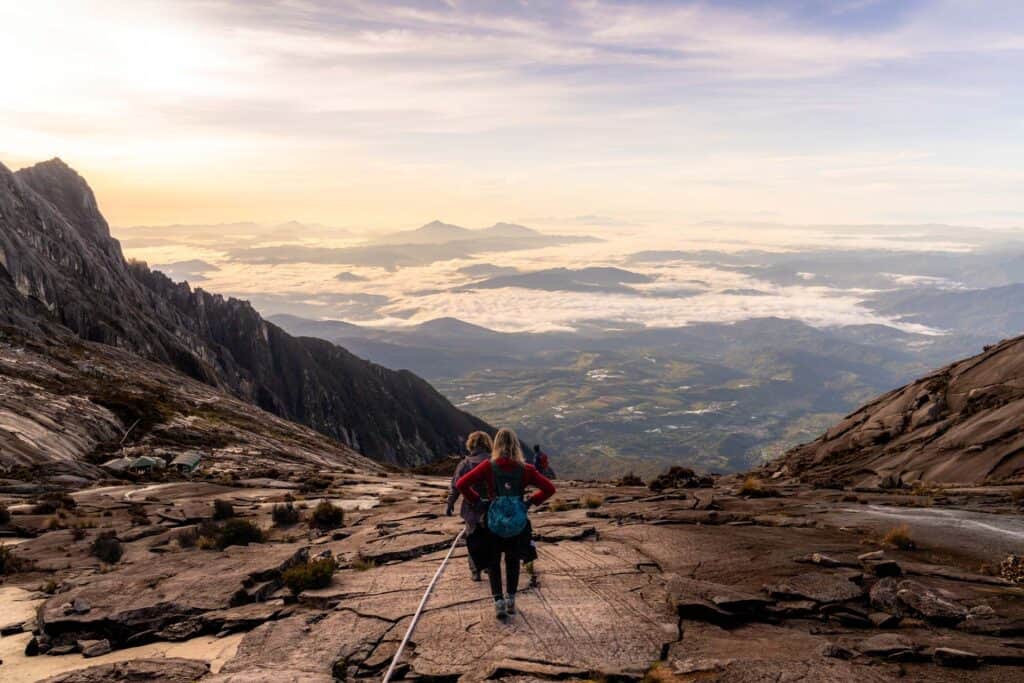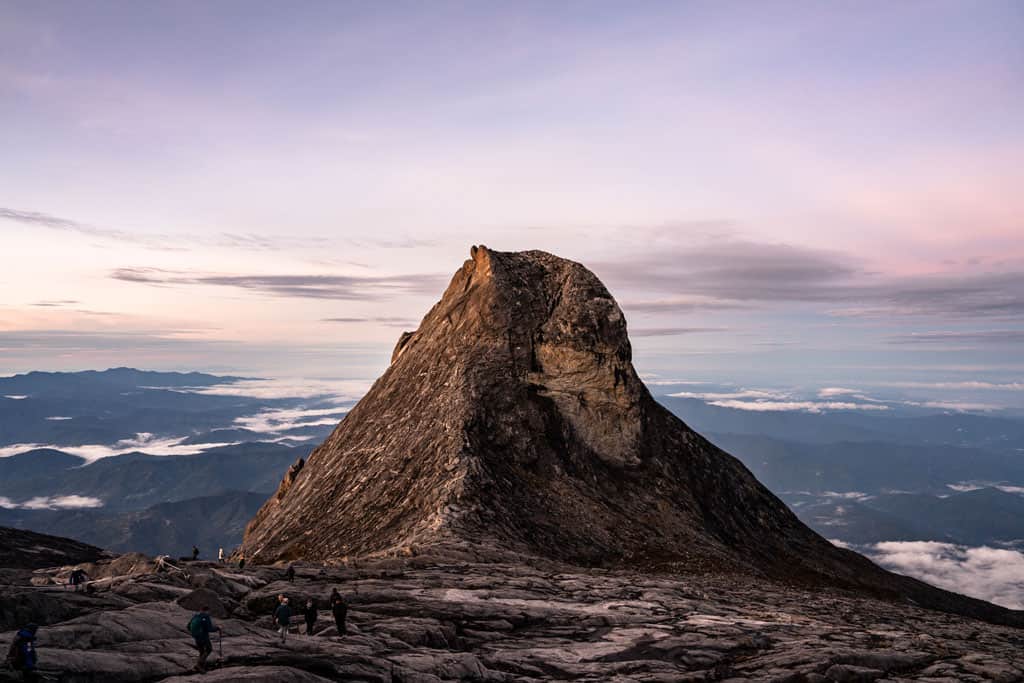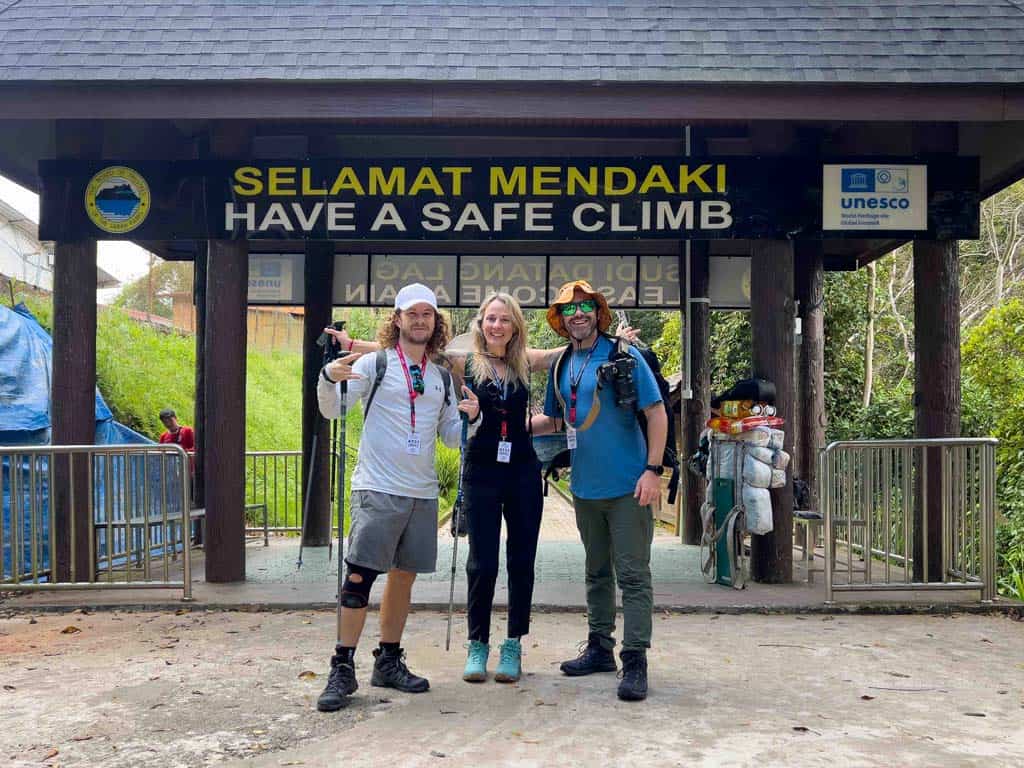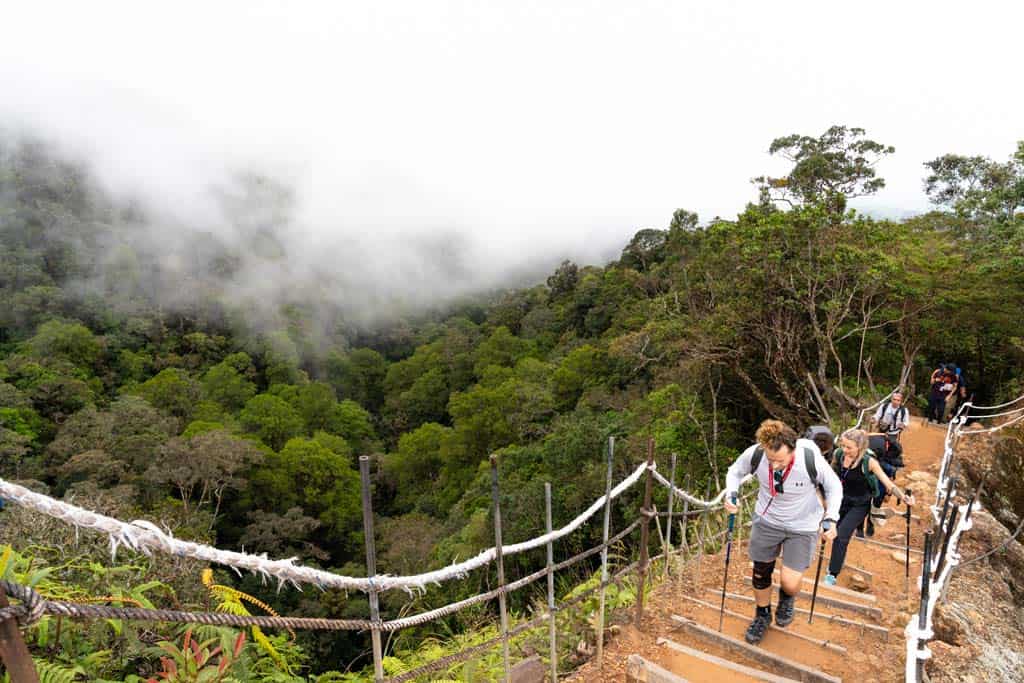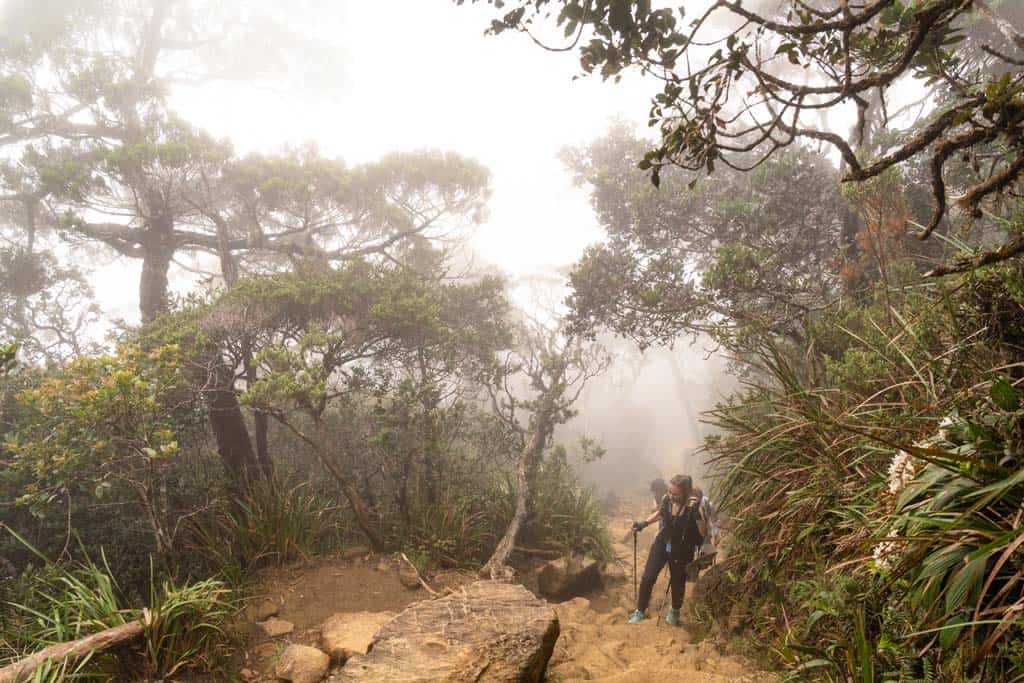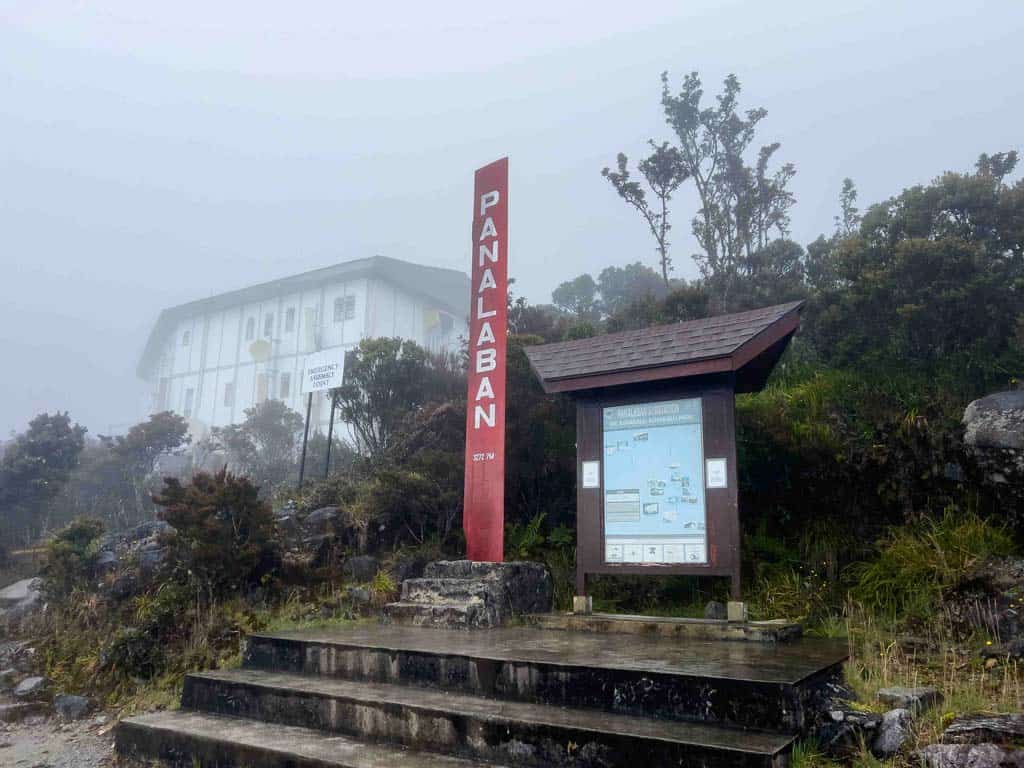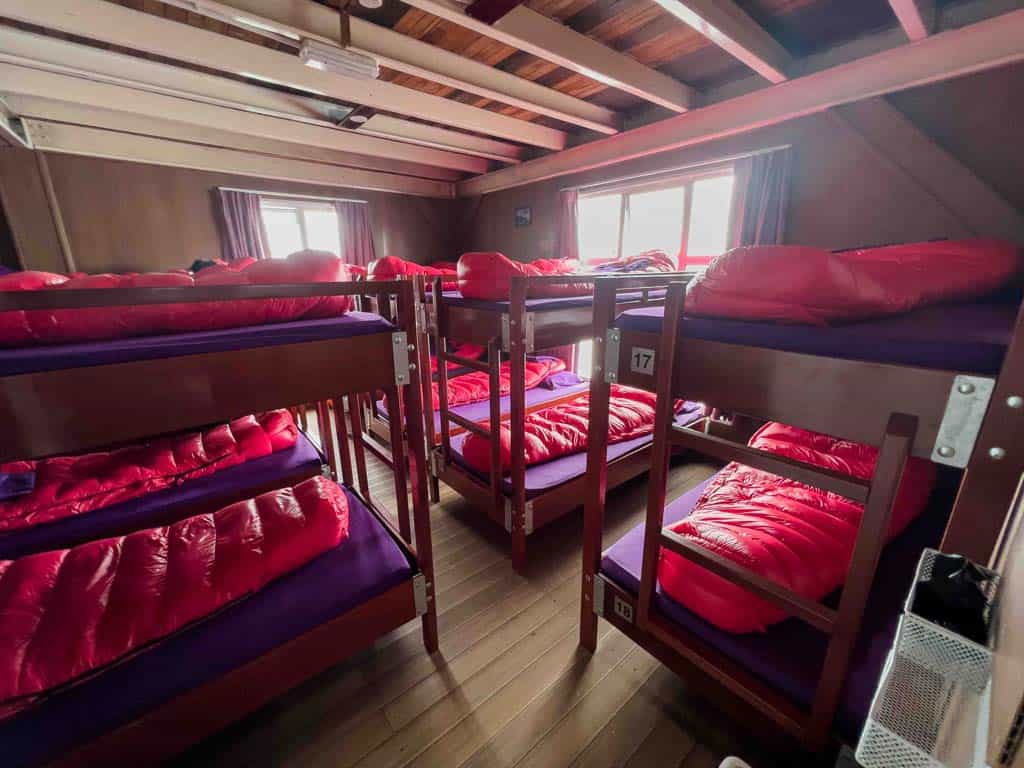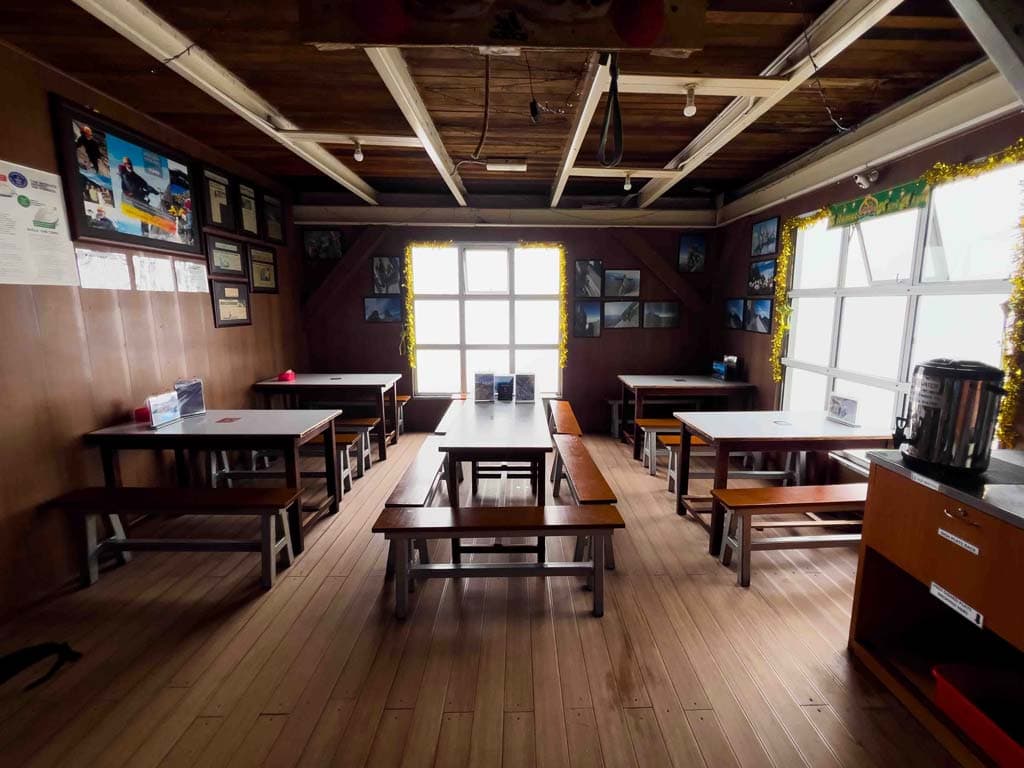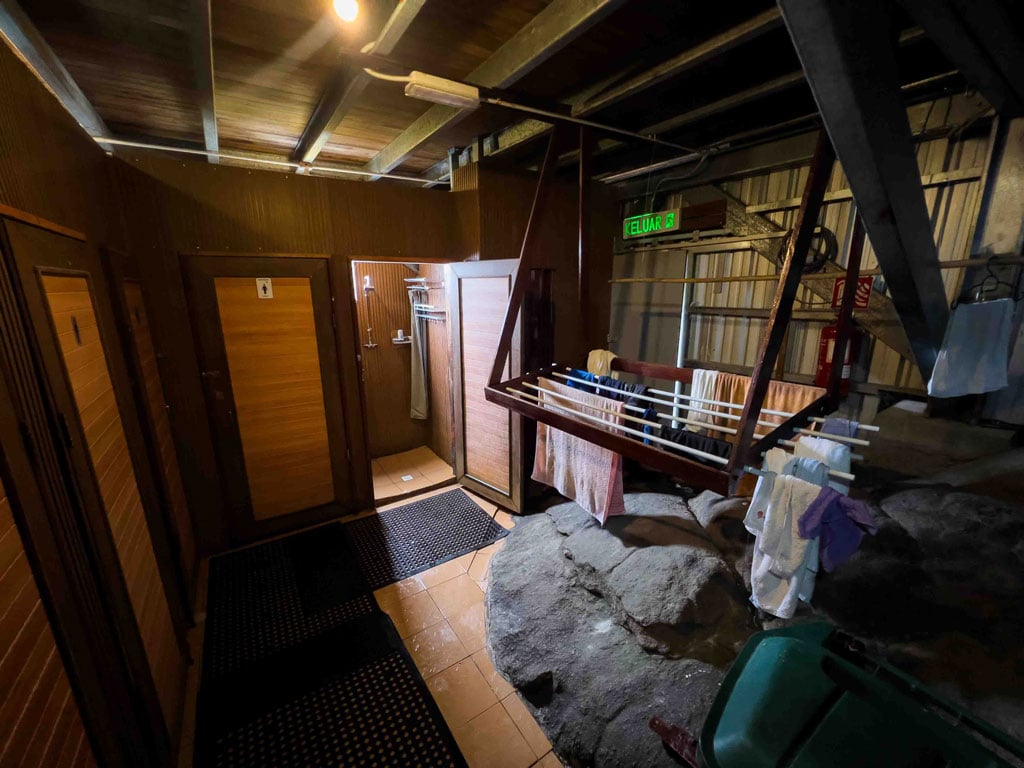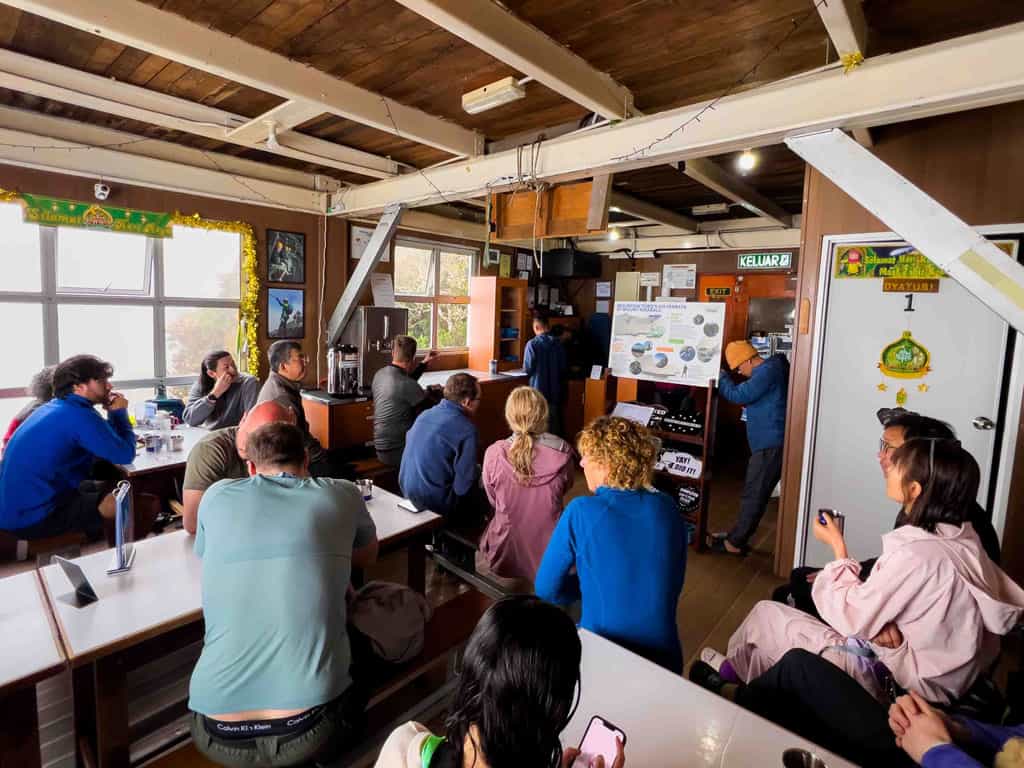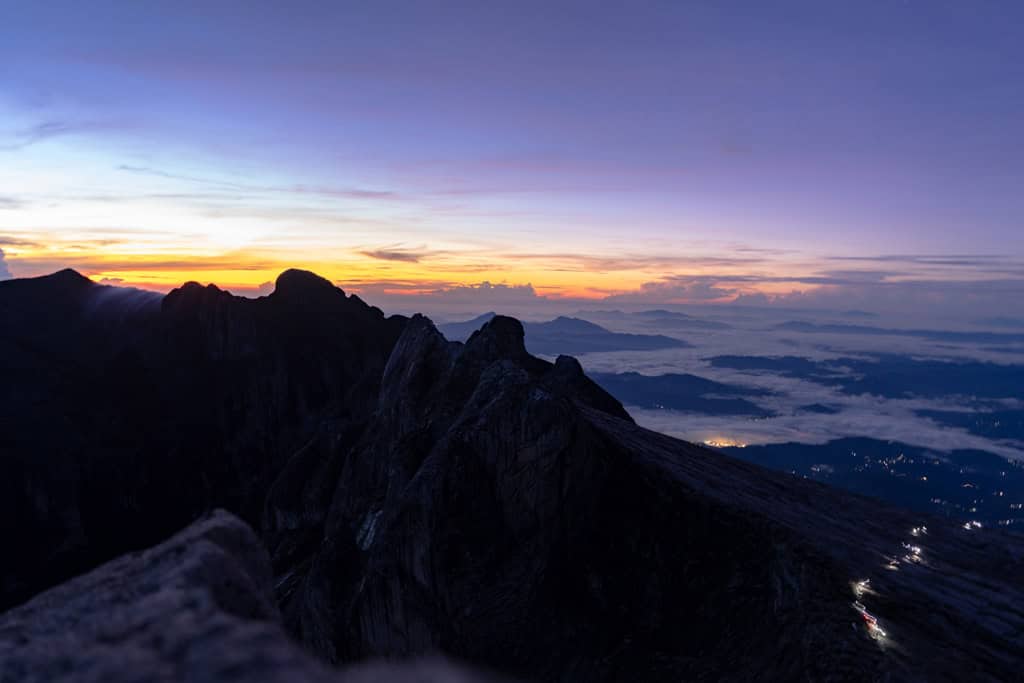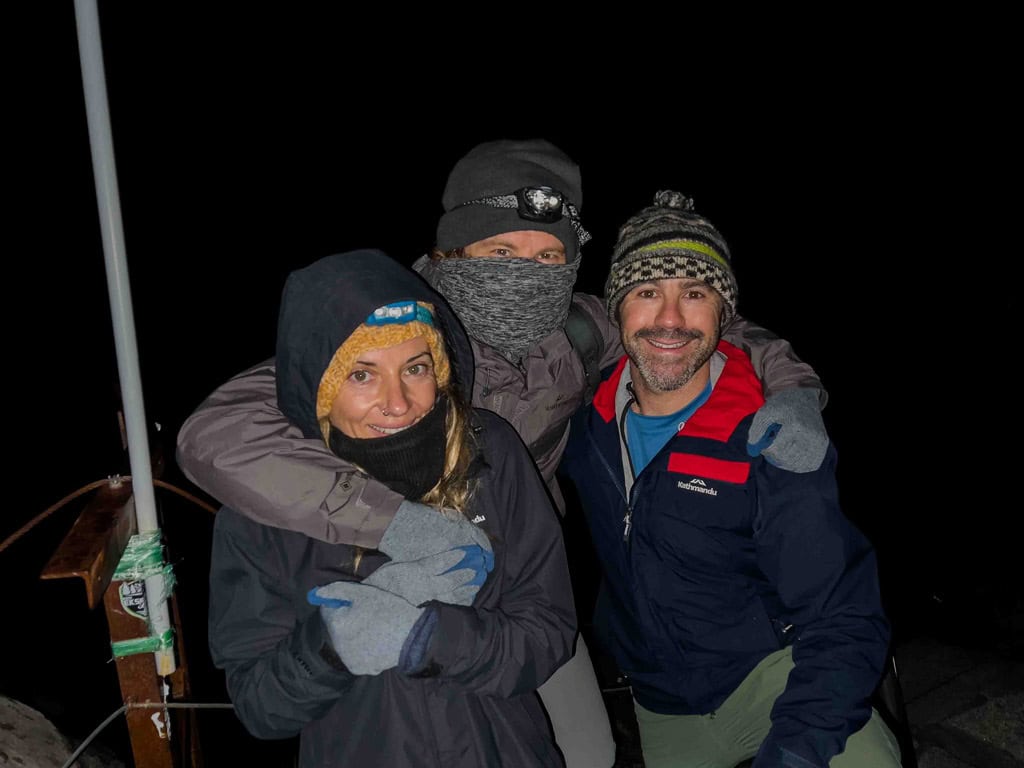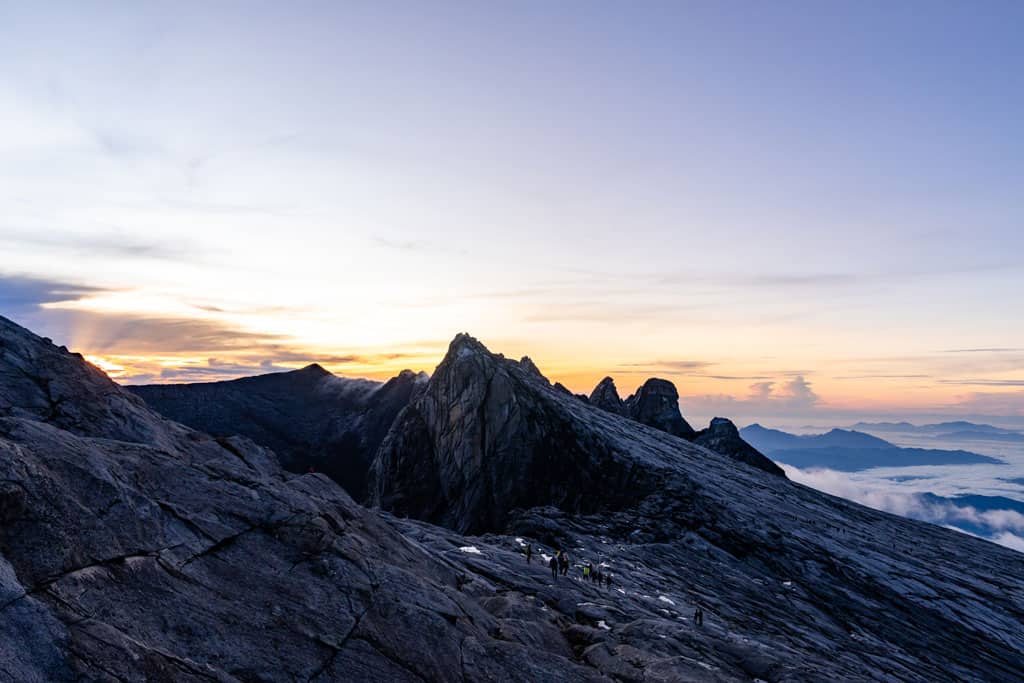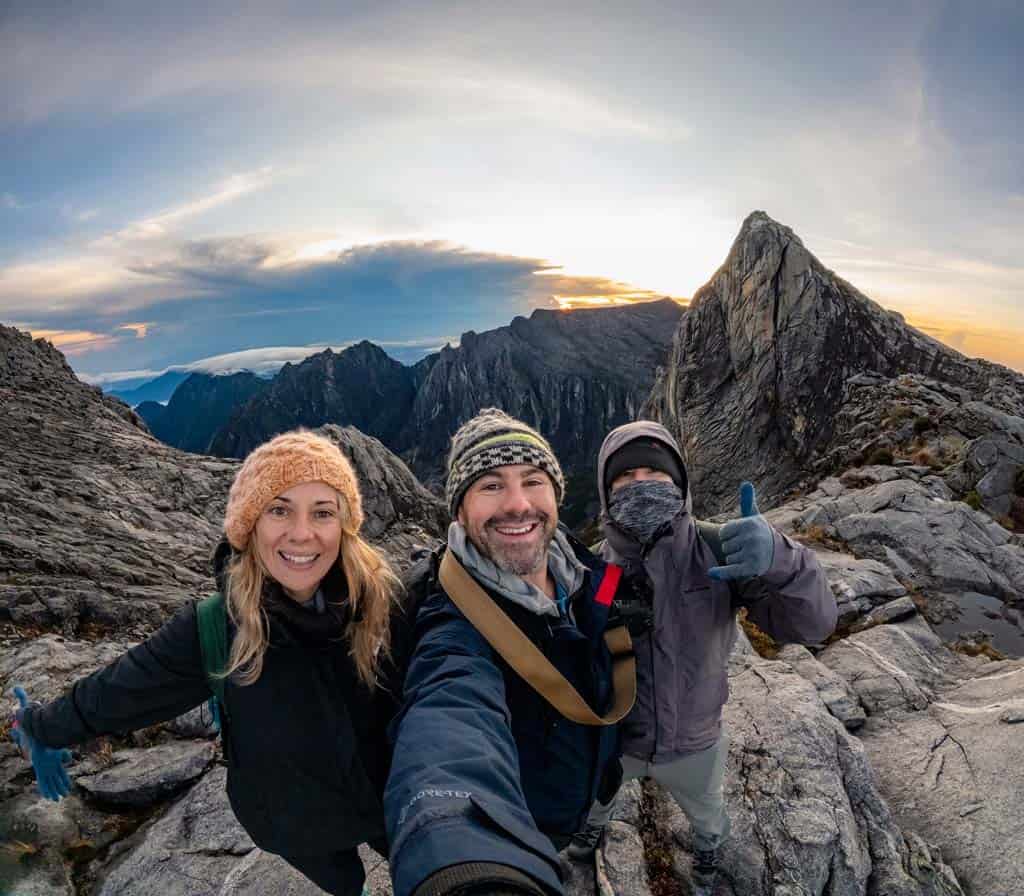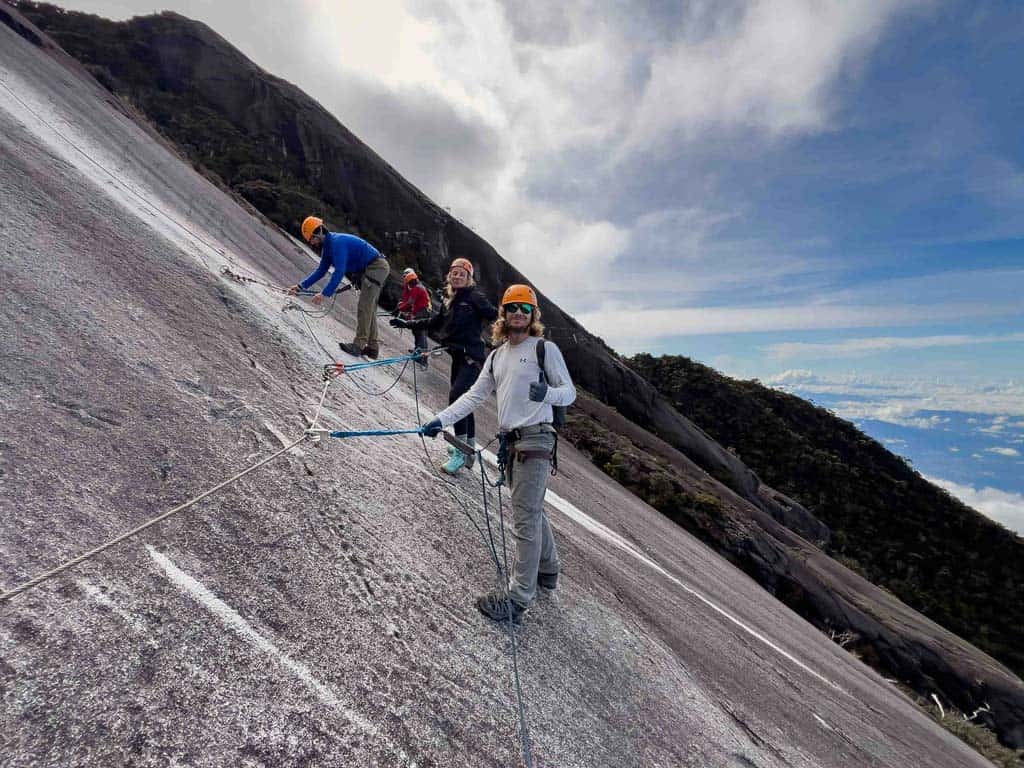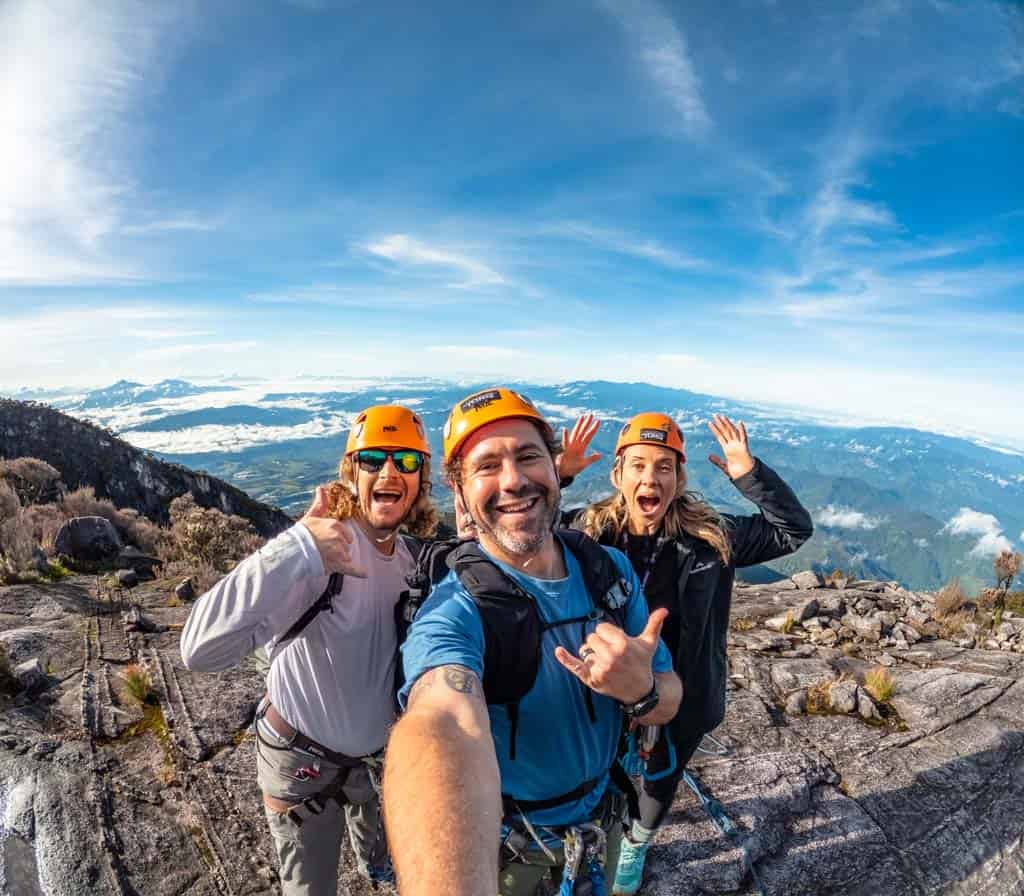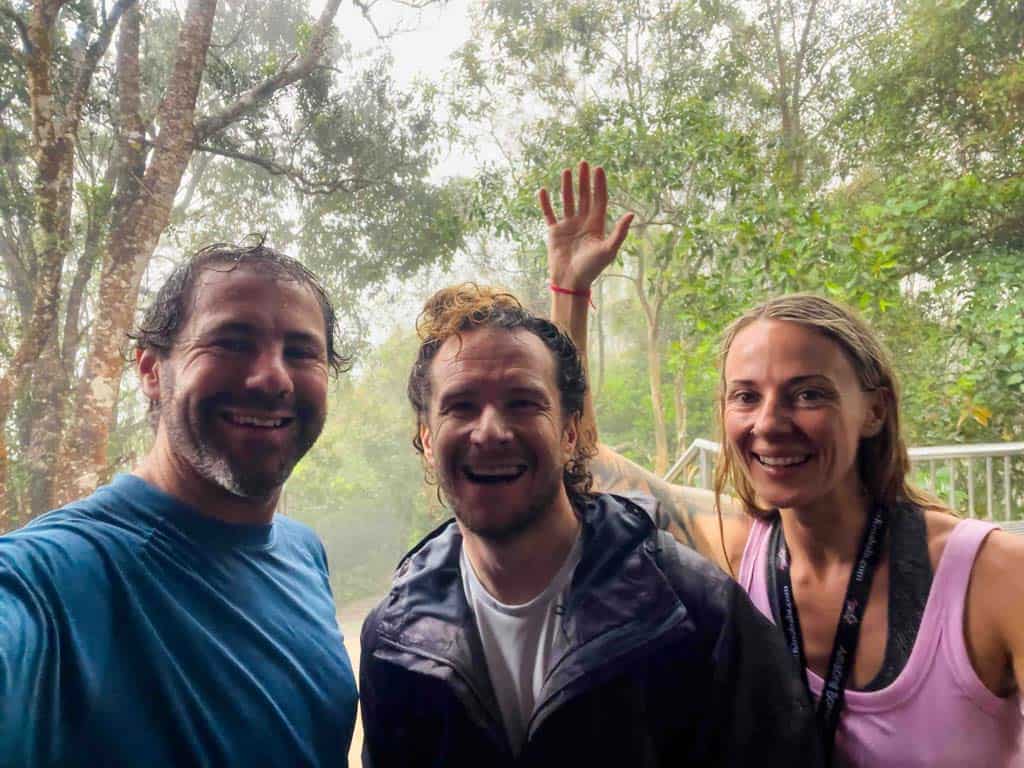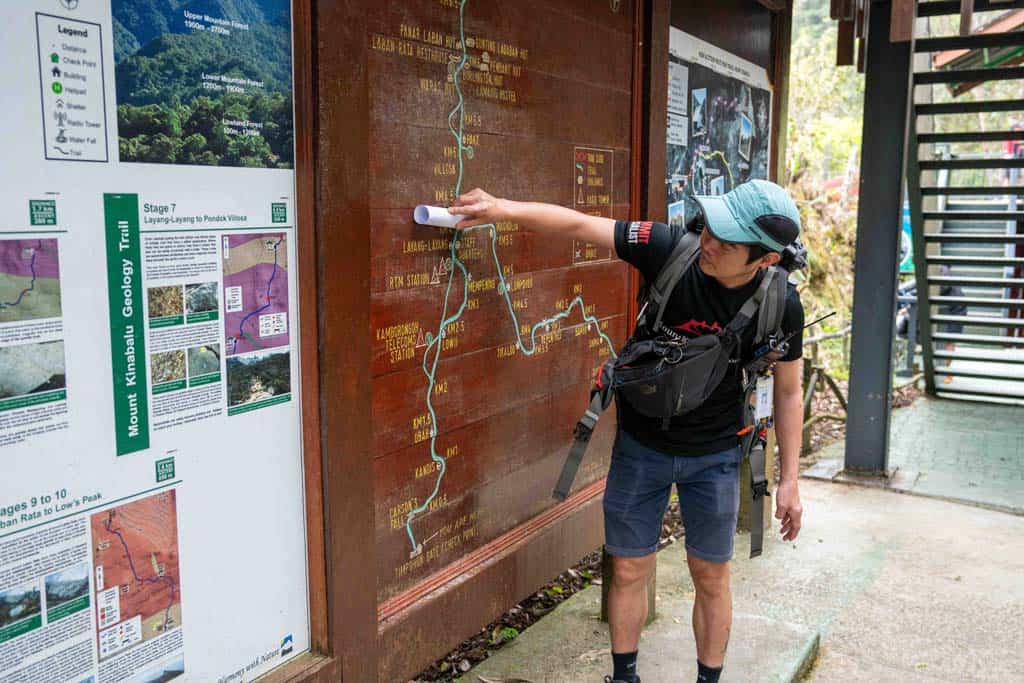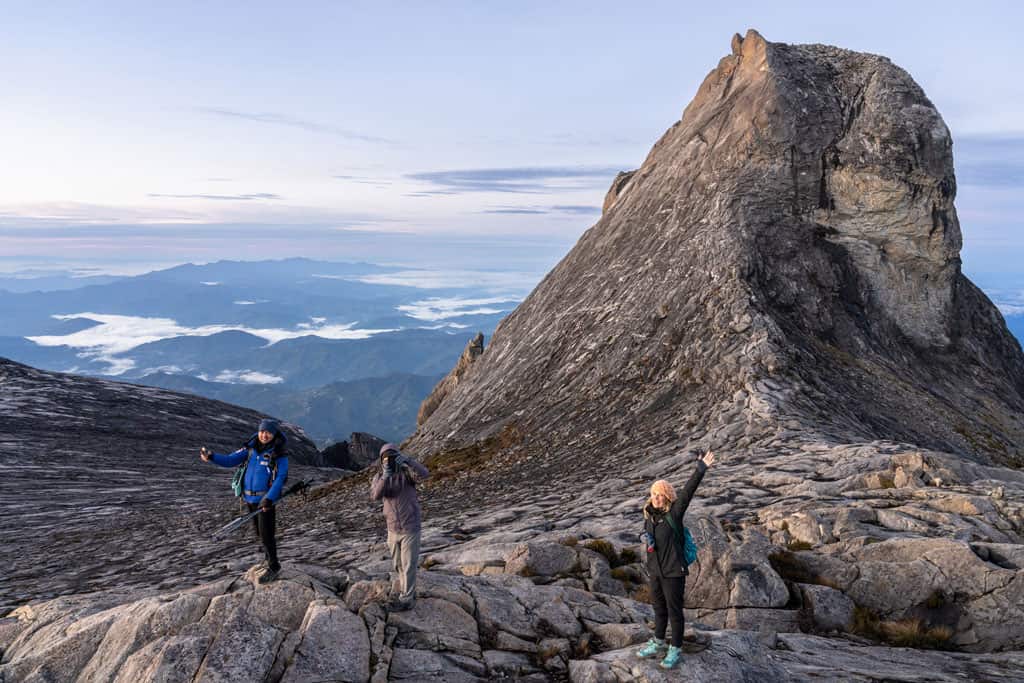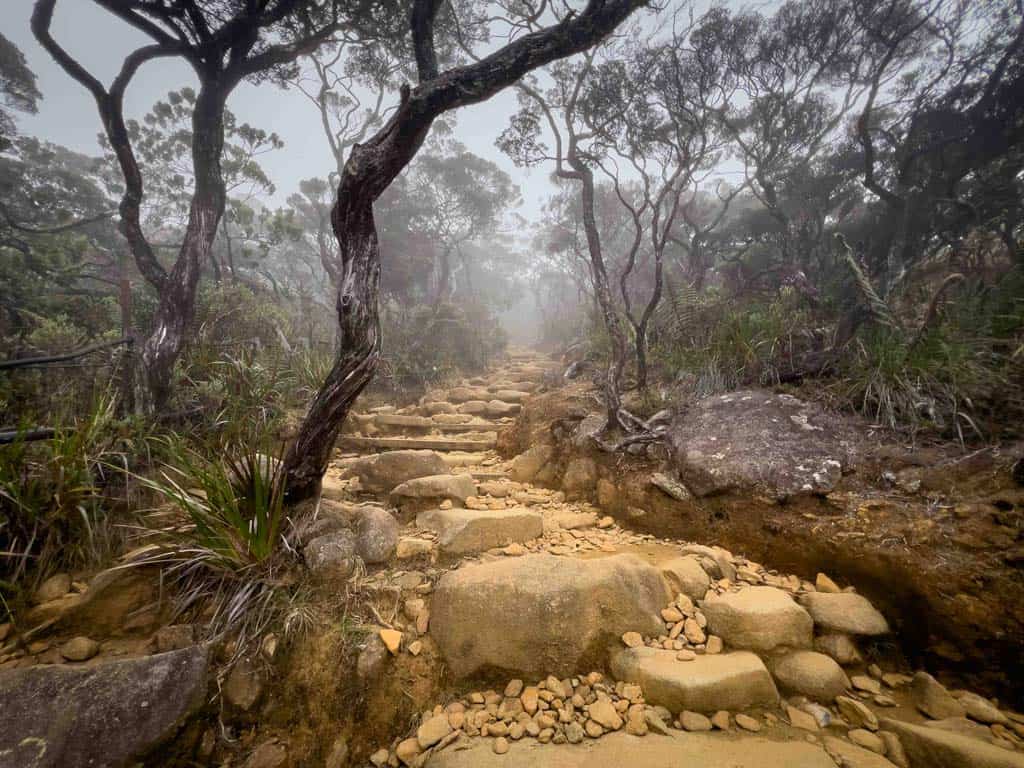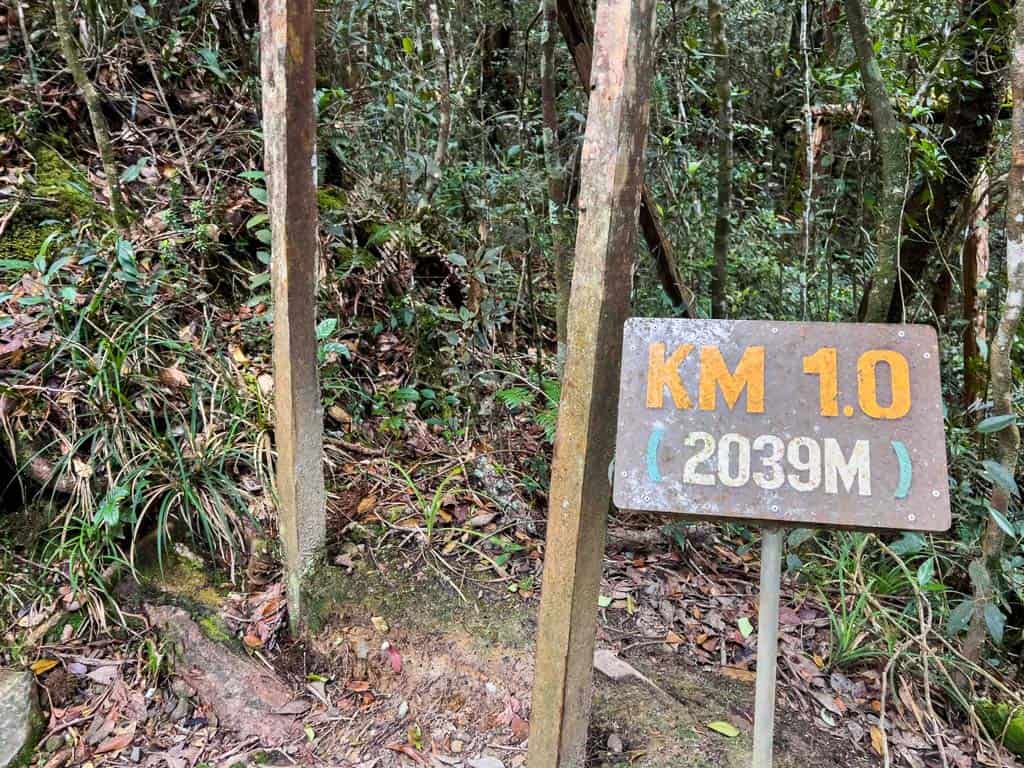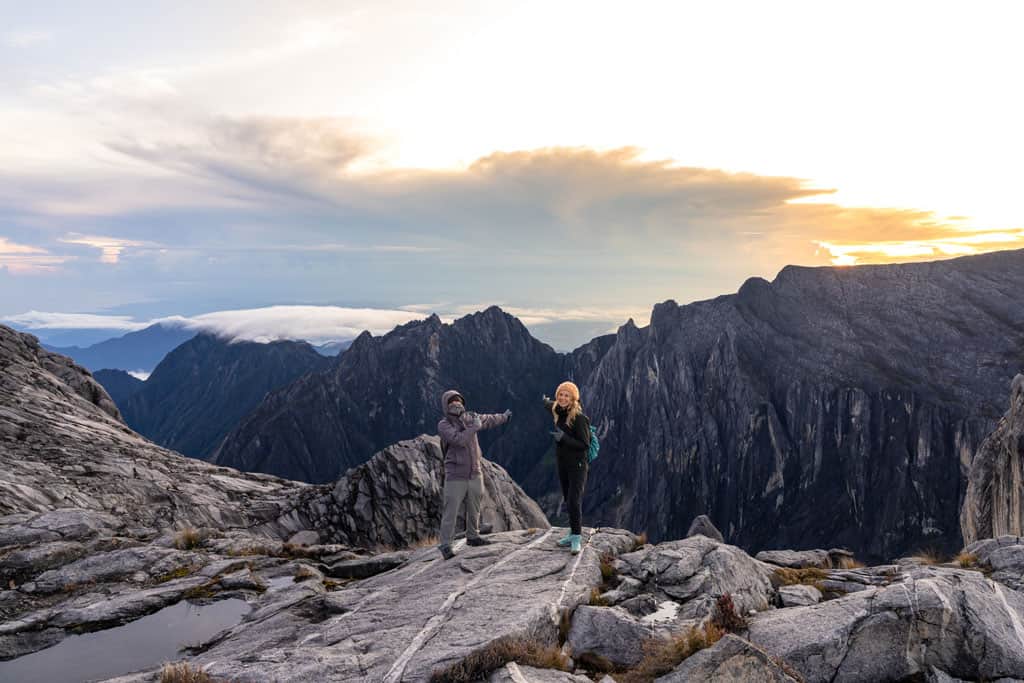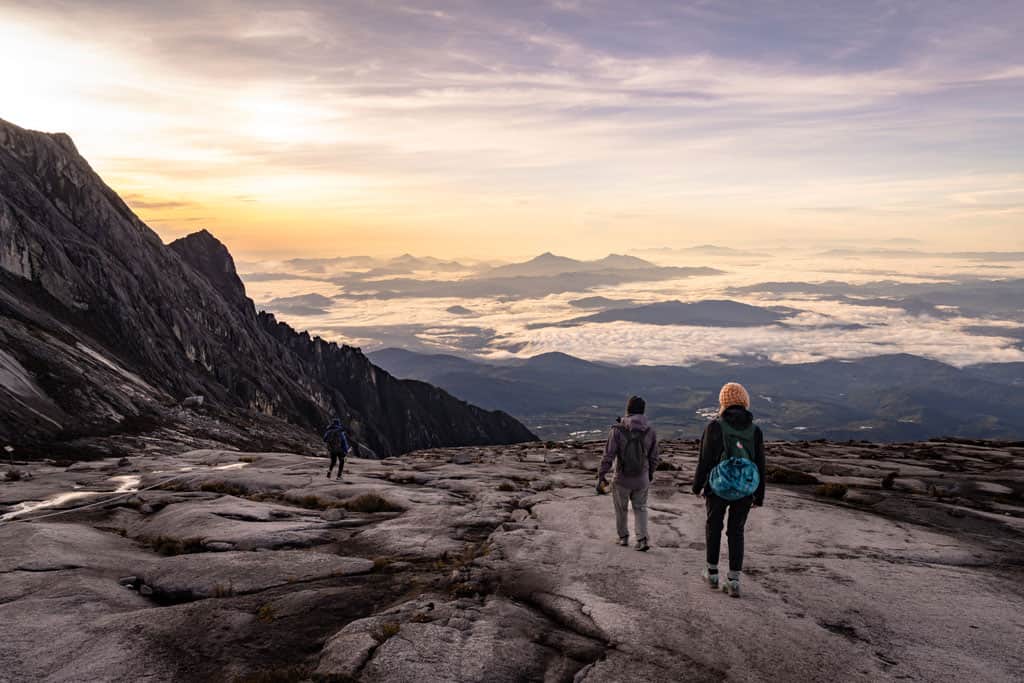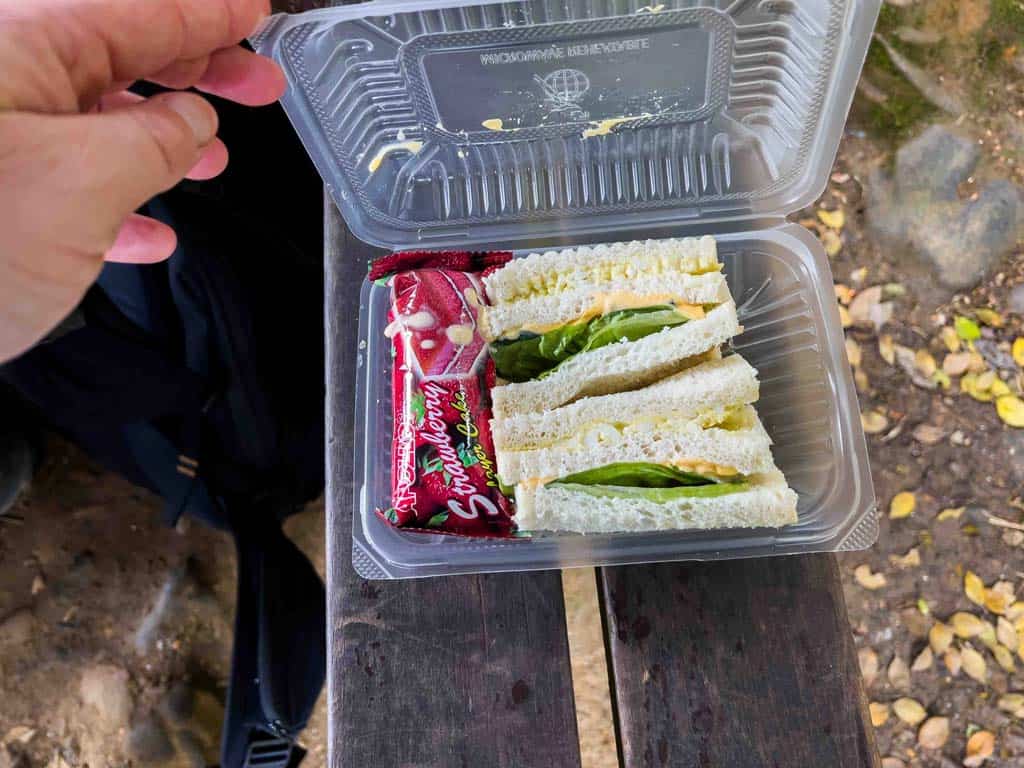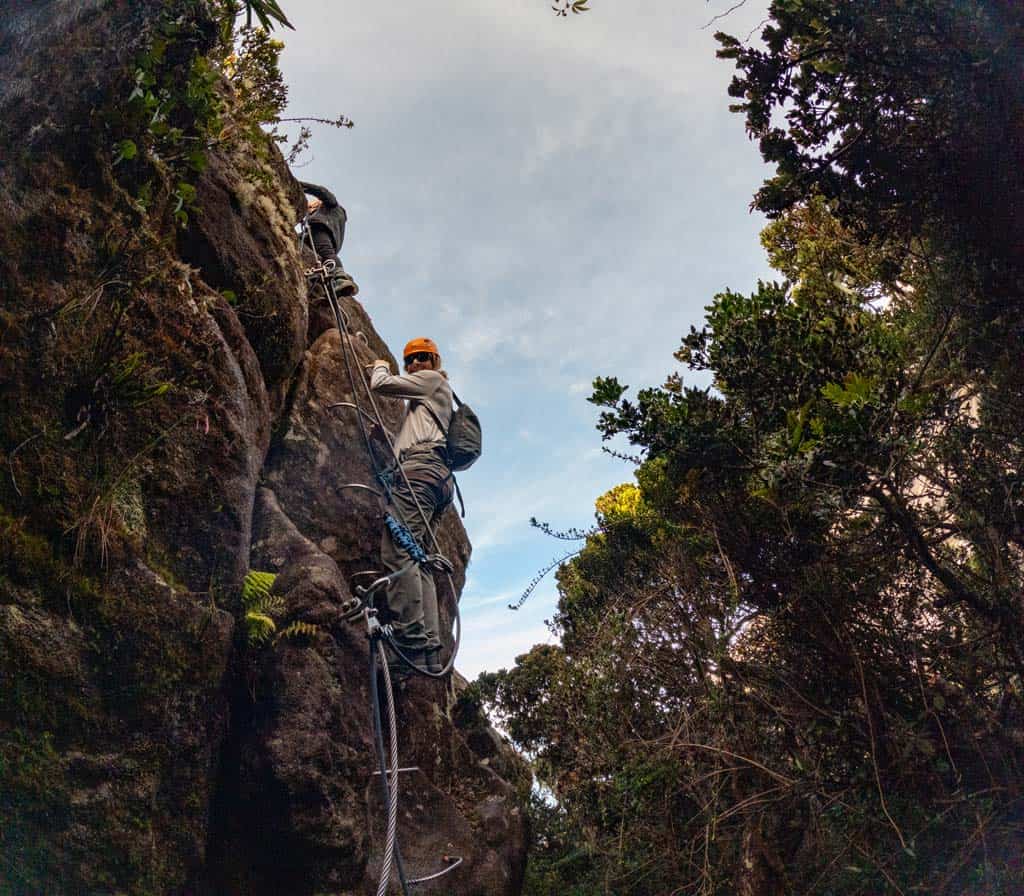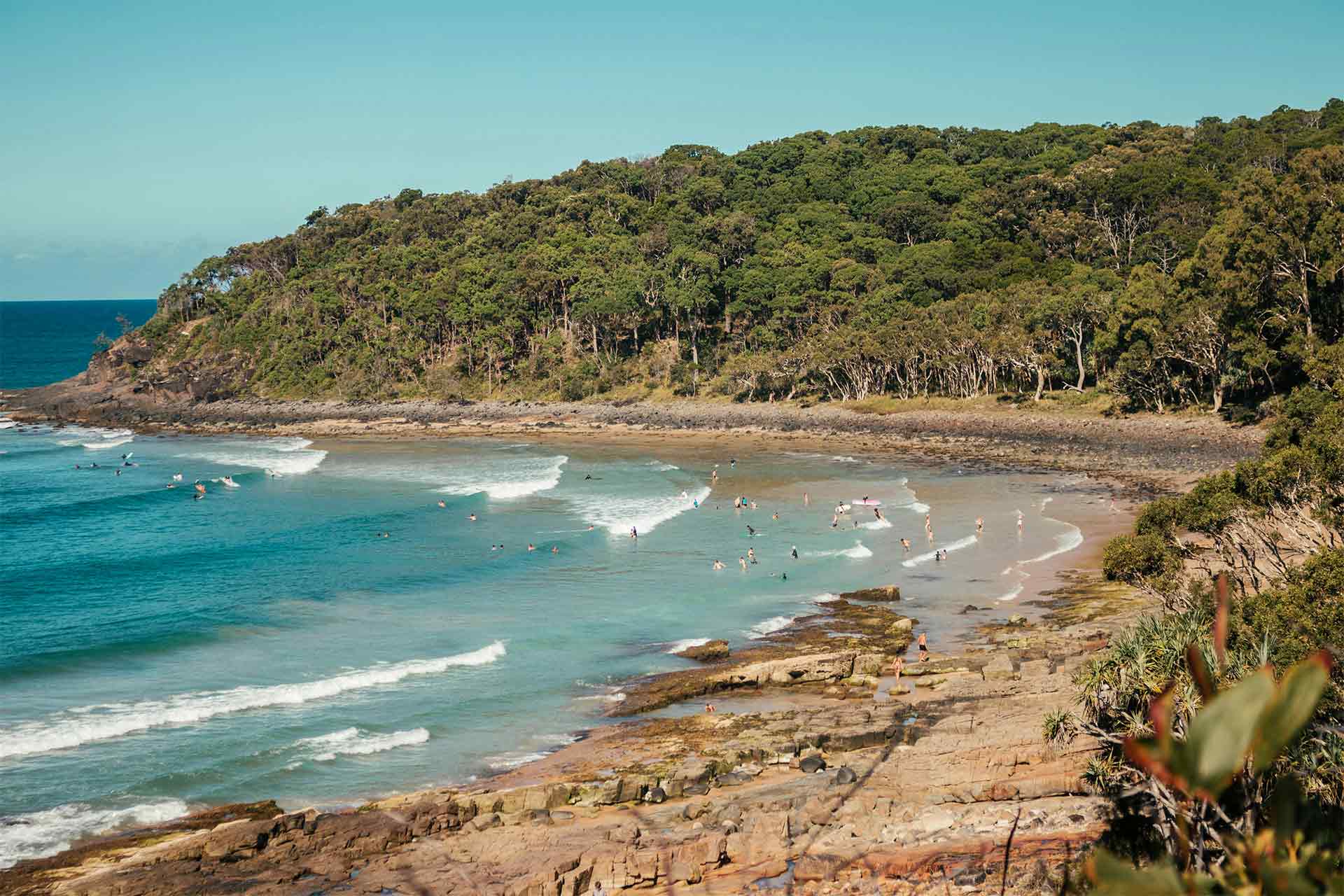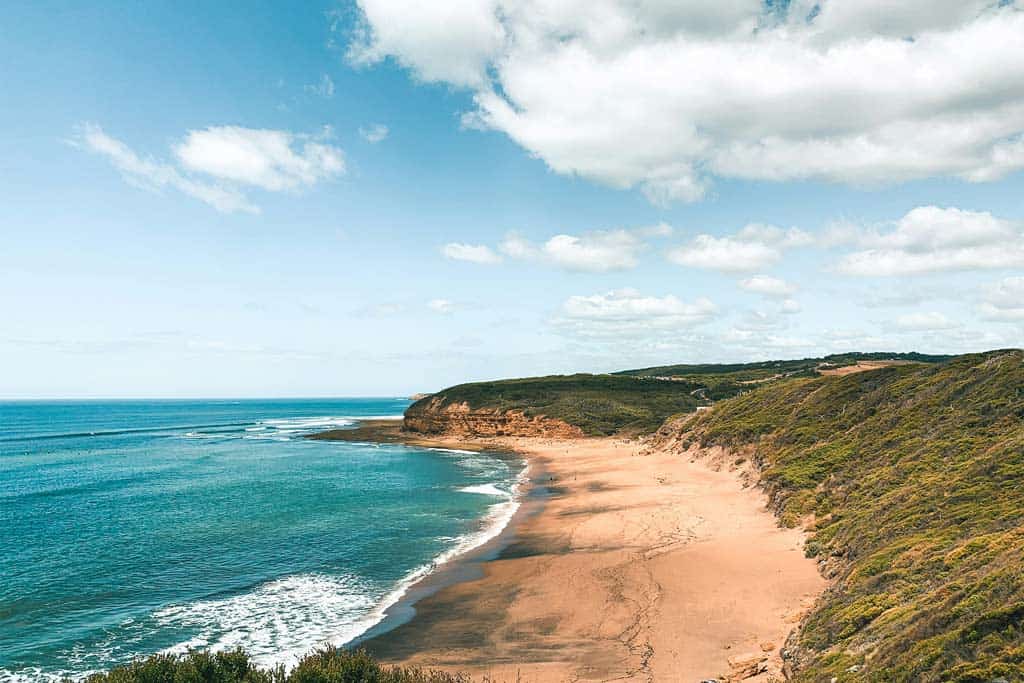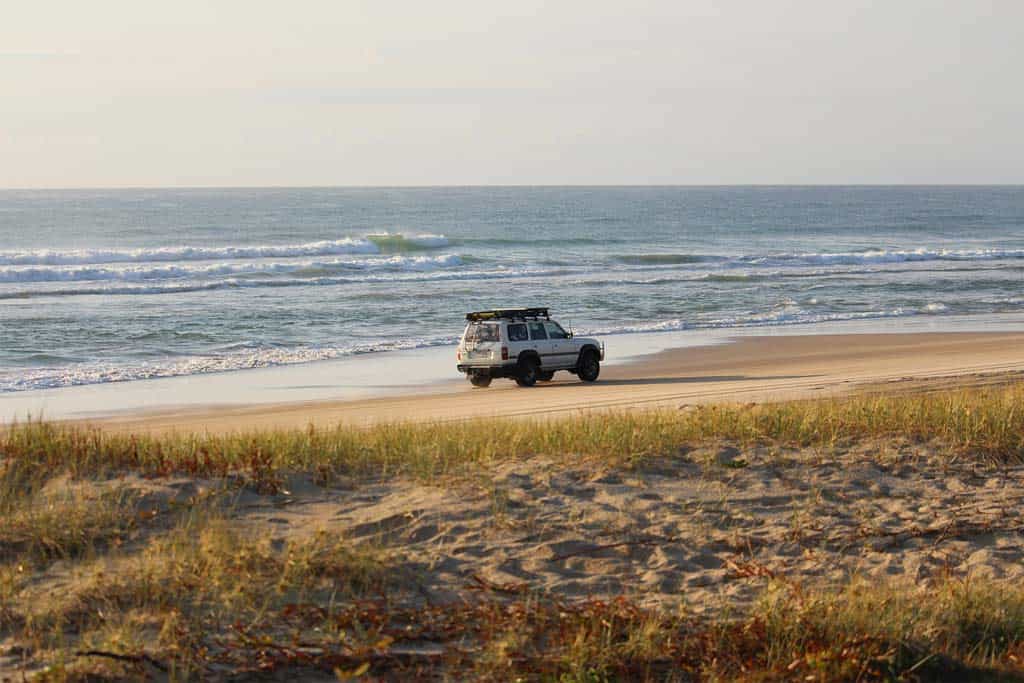Here are the best beaches in Western Australia, from the remote Kimberley, to the Perth area, to the white sands around Esperance.
Western Australia beaches are some of the most famous Down Under.
With soft white sand, the turquoise waters of the Indian Ocean, and far fewer crowds than Australia’s East Coast, many would argue that the West is best when it comes to beaches in Australia!
Western Australia is also such a massive state, so there is incredible diversity in the coastline.
Up north, you have rich red cliffs, remote Indigenous communities, and wild 4WD tracks. Picture camel rides on the beach and vibrant sunsets with no one else around.
A bit further south, you have the marine life-filled waters of Ningaloo Reef.
Then you have the busy and accessible coastline around Perth. South of that, you can find epic surf breaks around Margaret River and more gleaming white sand beaches around Esperance.
Western Australia honestly has some of the best beaches in the world!

Best Beaches In Western Australia
From the remote coves and bays of the Kimberley to the powdery white sands of Esperance, Western Australia has some truly spectacular beaches.
Here is our list of the best Western Australia beaches to add to your bucket list. The best way to get around is with a rental car, or even a 4WD if you plan to explore Cape Leveque and the Kimberley.
The best way to get around is to rent a car and explore on your own! We recommend Rental Cars, which has the largest range of vehicles for the best value on the market.
Best Beaches In The Northwest
These beaches are situated in the northern corner of Western Australia, from Ningaloo Reef up to the Kimberley.

Cable Beach
The iconic Cable Beach is one of Australia’s most well-known destinations.
Located in Broome, Western Australia, Cable Beach has 22 kilometres of pristine white sand framed by striking red cliffs and the turquoise waters of the Indian Ocean.
With calm, warm waters perfect for swimming during the dry season, Cable Beach is a fabulous place to spend the day. Camel rides on the beach are also popular, particularly at sunset.
A sunset camel ride across the stunning sands of Cable Beach while the sun sets over the ocean is a must-do in Western Australia!
Roebuck Bay
Roebuck Bay, nestled along the eastern shores of Broome, is a vibrant marine sanctuary celebrated for its ecology and culture.
Designated as a Ramsar wetland and part of the Yawuru Nagulagun Roebuck Bay Marine Park, the bay’s expansive tidal mudflats serve as vital feeding grounds for hundreds of thousands of migratory shorebirds.
The bay’s diverse habitats include mangroves, seagrass beds, and cliffs, all of which support lots of different wildlife.
Culturally, Roebuck Bay holds deep importance for the Yawuru people, the area’s Traditional Owners, who continue to engage with the land and sea through traditional practices.
Pender Bay
Pender Bay is a National Heritage-listed coastal wilderness on the remote Dampier Peninsula of the Kimberley region.
Accessible only by four-wheel drive, the bay is one of the most secluded and gorgeous beaches in Western Australia.
From June to September, the bay serves as a calving ground for one of the world’s largest populations of humpback whales, making it a prime location for land-based whale watching.
The area is also rich in cultural heritage, traditionally recognised as a shared space among the Bardi, Nyul Nyul, and Nimanburr peoples.
Visitors can explore Aboriginal rock art sites, join cultural tours, or enjoy the beach by swimming, snorkelling, or fishing.
Read next: The Ultimate Western Australia Road Trip Itinerary
Cape Leveque
Perched at the northernmost tip of Western Australia’s Dampier Peninsula, Cape Leveque is an isolated coastal gem with much to offer.
The area is traditionally owned by the Bardi Jawi people, who have inhabited the region for thousands of years and continue to share their deep connection to the land and sea through cultural tours and storytelling.
Access to Cape Leveque has improved with the sealing of the Cape Leveque Road, though a four-wheel-drive vehicle is recommended for the final stretch.
The beaches of Cape Leveque have rich red sandstone cliffs, white sand beaches, and crystal-clear turquoise waters.
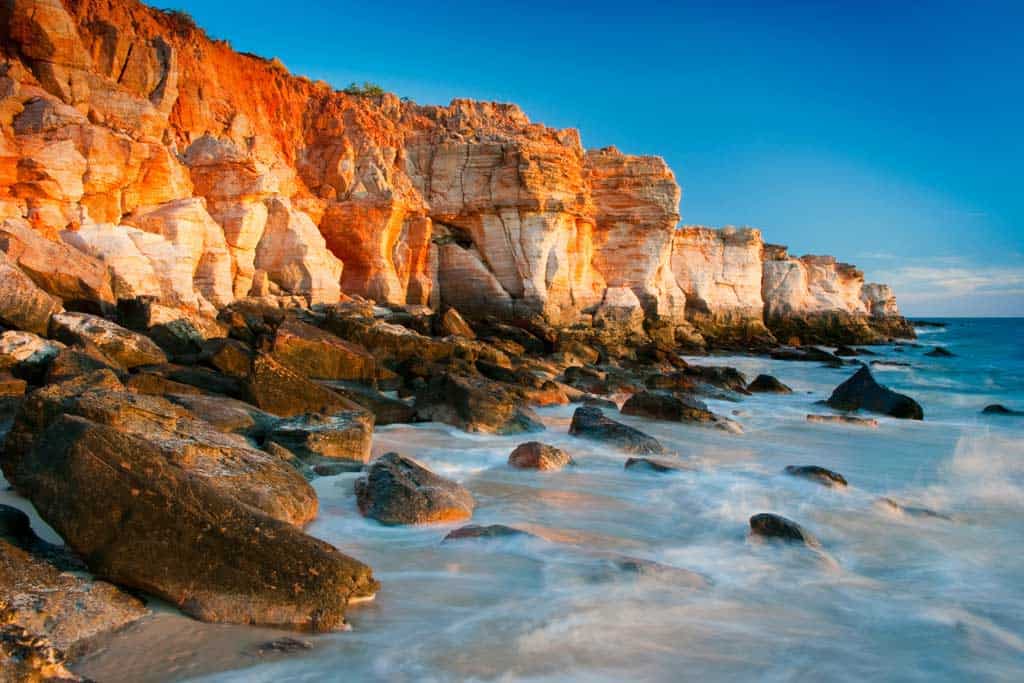
Ardyaloon (One Arm Point)
Ardyaloon, also known as One Arm Point, is a remote Aboriginal community situated at the northern tip of the Dampier Peninsula in Western Australia.
Home to the Bardi Jawi people, the community is renowned for its strong cultural traditions and deep connection to the sea.
Visitors can explore the Ardyaloon Hatchery, an Indigenous-run aquaculture center that cultivates trochus shells and other marine species.
The area also has stunning coastal vistas and beaches, including views of the Buccaneer Archipelago and the dramatic tidal movements of King Sound.
While there is no accommodation within Ardyaloon itself, nearby communities such as Lombadina and Cape Leveque provide lodging options.
Access to Ardyaloon requires a visitor permit, so make sure you get this in advance.
Best Beaches In The West
Here are the best beaches along the west coast of the state. This coastline stretches from Perth up to Ningaloo Reef!
Read next: Incredible Adelaide to Perth Road Trip Itinerary
Osprey Bay
Osprey Bay is a highlight of Cape Range National Park on Western Australia’s Coral Coast.
The bay has crystal-clear waters for snorkelling, where you can see sea turtles, diverse fish species, and vibrant coral formations just meters from the shore.
Osprey Bay Campground is also one of the best camping spots on the Coral Coast. There are 44 unpowered sites where you can camp right next to the beach and fall asleep to the sounds of the sea.
Accessible via Yardie Creek Road, the campground is a short drive from Exmouth and serves as a perfect base for exploring the surrounding natural wonders.
Turquoise Bay
Consistently ranked among Australia’s top beaches, Turquoise Bay is another highlight of Cape Range National Park near Exmouth.
Renowned for its pristine white sands and crystal-clear waters, Turquoise Bay has some incredible snorkelling spots that you can access right from the shore.
As part of the UNESCO World Heritage-listed Ningaloo Coast, here you can observe vibrant coral gardens that rival that of the Great Barrier Reef on the East Coast.
Turquoise Bay has a “drift snorkel” where you can cruise with the current, and there are also calmer waters for families and beginner snorkellers.
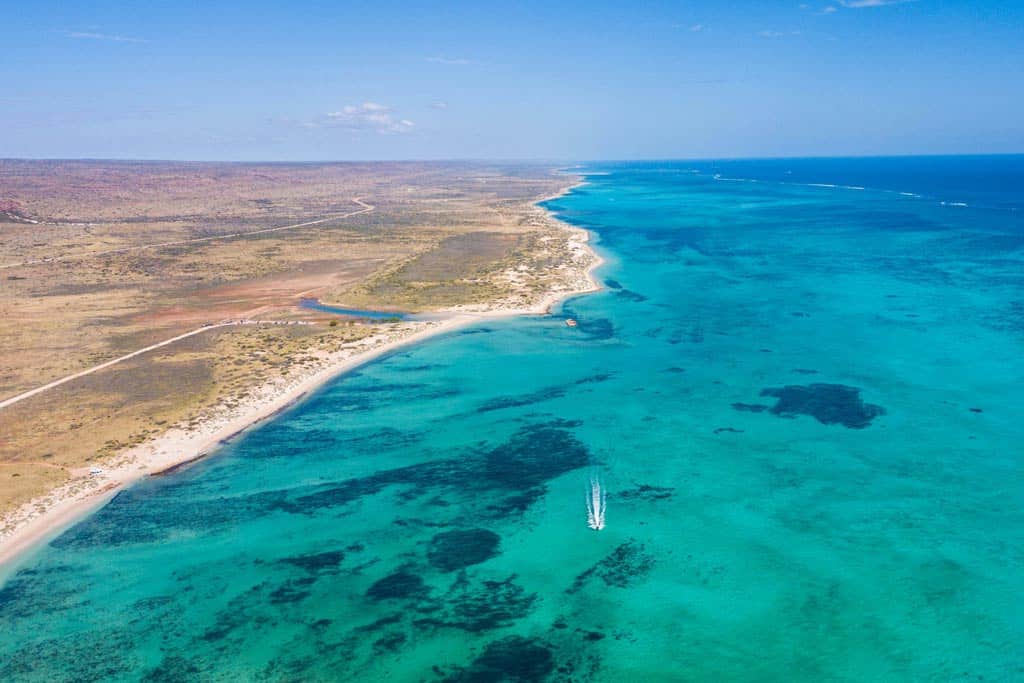
Coral Bay
Coral Bay is a must-visit for any avid divers or nature lovers. If you want to explore the UNESCO World Heritage-listed Ningaloo Reef, Coral Bay is the perfect gateway!
You can snorkel in the exquisite coral gardens right from the shore. The bay’s crystal-clear waters are home to over 500 species of fish, manta rays, turtles, and, seasonally, whale sharks and humpback whales.
Coral Bay is a popular place for guided swimming or snorkelling tours, where you can swim right alongside marine life such as manta rays or whale sharks.
For those preferring to stay dry, glass bottom boat tours provide a window into the underwater wonders.
Shell Beach
Shell Beach is a highlight of Western Australia’s Shark Bay World Heritage Area.
When you visit Shell Beach, you’ll realise it’s accurately named as the entire shore is composed of tiny white cockle shells! These shell fragments blanket the coast for over 60 kilometers. It’s an incredible natural phenomenon to see.
Visitors to Shell Beach can enjoy the serene, clear waters ideal for swimming and snorkeling, with the high salinity providing extra buoyancy.
Easily accessible via Shark Bay Road, about 45 kilometers southeast of Denham, Shell Beach offers an otherworldly experience unlike any sandy beach.
Jurien Bay Beach
Another one of the best beaches in Western Australia is Jurien Bay Beach.
Situated approximately 220 kilometers north of Perth, the beach offers a serene setting for swimming, fishing, and kayaking in the calm waters.
The beach is also home to the Jurien Bay Jetty, a popular landmark that extends into the ocean. It’s the perfect place for a scenic stroll or a day of fishing.
Nearby, the Jurien Bay Marine Park has amazing coral reefs and a healthy popular of rare Australian sea lions.
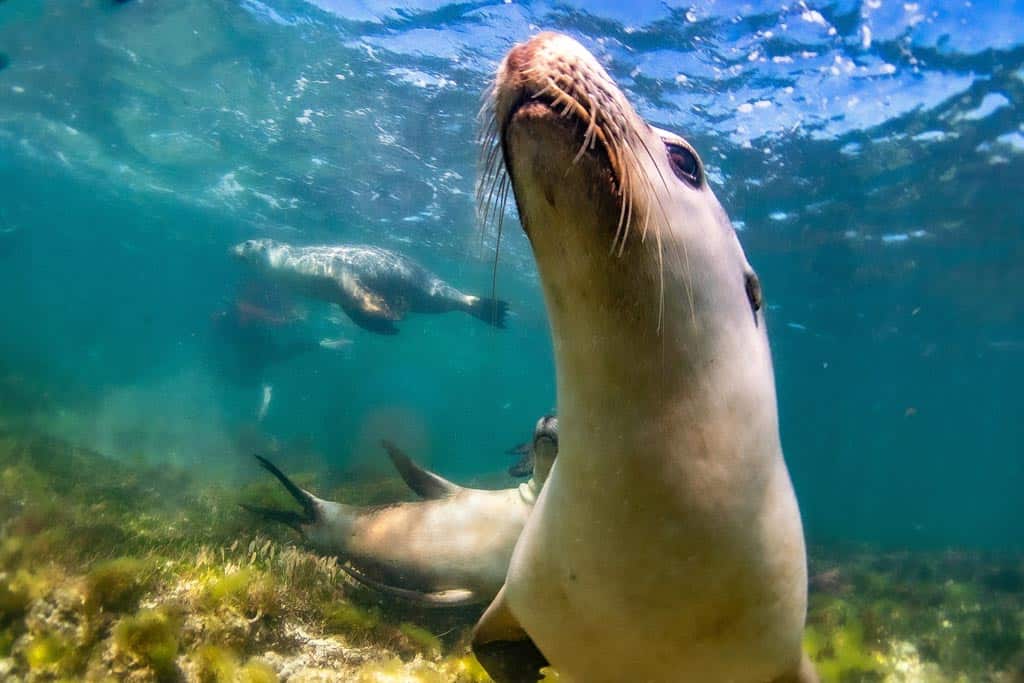
Best Beaches In The Perth Area
If you’re not planning to stray from the Perth area, here are the best beaches around the city and the nearby Rottnest Island.
Cottesloe Beach
Easily one of the most beautiful beaches in Perth, Cottesloe Beach has white sand, sapphire waters, and a vibrant community atmosphere.
Located just 15 minutes west of Perth’s city center, Cottesloe Beach is the perfect escape from the city for a day of swimming, snorkelling, surfing, and sunbathing.
The beach is sheltered by offshore reefs and patrolled by lifeguards, ensuring a safe environment for visitors of all ages.
A highlight of Cottesloe Beach is the annual Sculpture by the Sea exhibition, where local artists display incredible sculptures along the shoreline.
The beach is also home to the historic Indiana Tea House, a landmark building with lovely ocean views.
Explore Perth with our epic 5-day itinerary!
Pinky Beach
A few of the best Western Australian beaches are located on Rottnest Island. This is one of the best day trips from Perth!
Rottnest Island has countless beautiful beaches, but Pinky Beach is one of the best.
Located on the island’s northern shore, Pinky Beach is sheltered from prevailing winds and has calm, clear waters ideal for swimming and beginner snorkelling.
A highlight of Pinky Beach is its proximity to the historic Bathurst Lighthouse, which provides a picturesque backdrop and can be reached via a scenic staircase from the beach.
The beach is also a prime spot for sunset viewing, with the setting sun casting a beautiful pink hue over the waters, giving the beach its name.
Book your ferry and bike hire in advance so you can explore the island and its beaches at your own pace!
Parakeet Bay
Parakeet Bay is another one of the best beaches on the northern shore of Rottnest Island.
This serene and secluded beach has gleaming white sands and calm, turquoise waters. It’s also sheltered by rocky outcrops and usually has tranquil conditions for swimming or snorkelling.
The gentle, shallow waters of Parakeet Bay make it a safe spot for families and less experienced swimmers.
Accessible by bike or the Island Explorer bus, Parakeet Bay provides a perfect escape for those looking to unwind amidst Rottnest Island’s stunning coastal scenery.
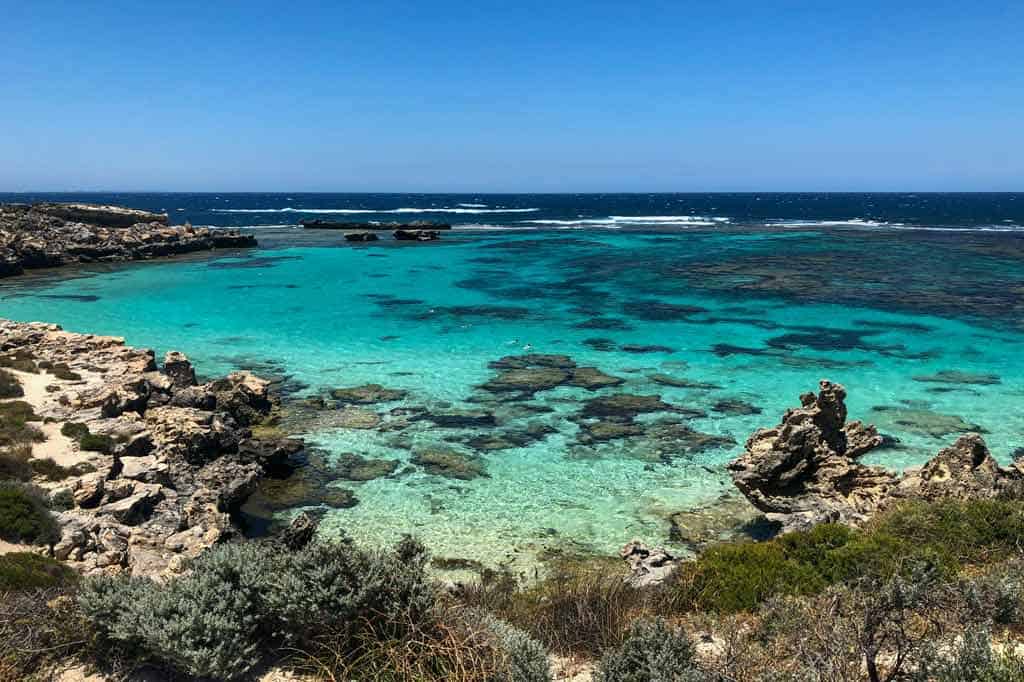
Little Salmon Bay
Another one of the most stunning beaches on Rottnest Island is Little Salmon Bay.
Tucked away on the southern edge of the island, Little Salmon Bay also has the white sand and turquoise water that Western Australia beaches are so famous for.
This sheltered cove is part of a protected marine sanctuary. There is a marked snorkel trail at Little Salmon Bay, where underwater signs guide visitors through vibrant coral gardens.
Flanked by rocky outcrops and grassy dunes, Little Salmon Bay is a gorgeous island destination.
Elevate your experience by combining the ferry ride with skydiving over Rottnest Island! The view of the beaches from the sky is unparalleled.
Bathers Beach
Beach lovers should also consider a visit to Bathers Beach while they visit Perth. This lovely beach in Fremantle provides a historical journey through time.
Also known as Manjaree by the Whadjuk Noongar people, Bathers Beach is rich in cultural and historical significance.
It served as a vital meeting and trading place for the Whadjuk community throughout history. In 1829, Captain Charles Fremantle landed here, marking the beginning of European settlement in the region.
Bathers Beach is located beneath the historic limestone cliffs of Arthur Head Reserve, home to the Round House—the oldest public building in Western Australia.
The beach itself also offers gorgeous sunsets and swimming conditions.
Scarborough Beach
Scarborough Beach is another contender for the most picturesque beach in Perth. It’s actually often considered one of the best Western Australian beaches!
Just 15 minutes northwest of Perth’s city center, Scarborough Beach is a scenic beach but also a dynamic and vibrant coastal destination.
The beachfront has lots of nice amenities, including a heated ocean pool, a skate park, and the family-friendly Whale Playground.
There is some great surf, and the beach is patrolled year-round. The bustling esplanade also has lots of cafes, bars, and restaurants.
Read next: The Best Time to Visit Perth, Australia
Best Beaches In The Southwest
These amazing beaches are located south of Perth, along the southwest and south coast of Western Australia. From the iconic Lucky Bay to the beaches around Margaret River, there are lots of beautiful places to explore!
Meelup Beach
As you head south of Perth into the southwest of Western Australia, there are stunning beaches galore.
The Margaret River region has some fabulous beaches, notably Meelup Beach near Dunsborough.
Nestled within Meelup Regional Park, this northeast-facing beach offers calm, sheltered conditions ideal for swimming, snorkeling, and paddleboarding.
There are also some shaded grassy areas, picnic tables, and barbecue facilities nearby, making Meelup Beach the perfect place for a relaxing day by the sea.
Surrounded by native bushland and granite outcrops, Meelup Beach also serves as a starting point for scenic coastal walks, offering visitors breathtaking views of Geographe Bay and opportunities to spot local wildlife.
There is some world-class whale watching in this part of the Margaret River region as well!
Hamelin Bay
Another one of the best Western Australia beaches is Hamelin Bay in the Margaret River region. It’s just 30 minutes south of Margaret River town.
The bay is particularly famous for its friendly stingrays, including smooth stingrays, black stingrays, and eagle rays. These rays often glide gracefully through the shallow waters near the shore, offering visitors an unforgettable wildlife experience.
Beyond the marine life, Hamelin Bay has opportunities for swimming, snorkelling, and exploring nearby shipwrecks.
The surrounding Ngari Capes Marine Park and coastal cliffs provide scenic walks and panoramic views as well. There is lots to do in the beautiful Hamelin Bay!
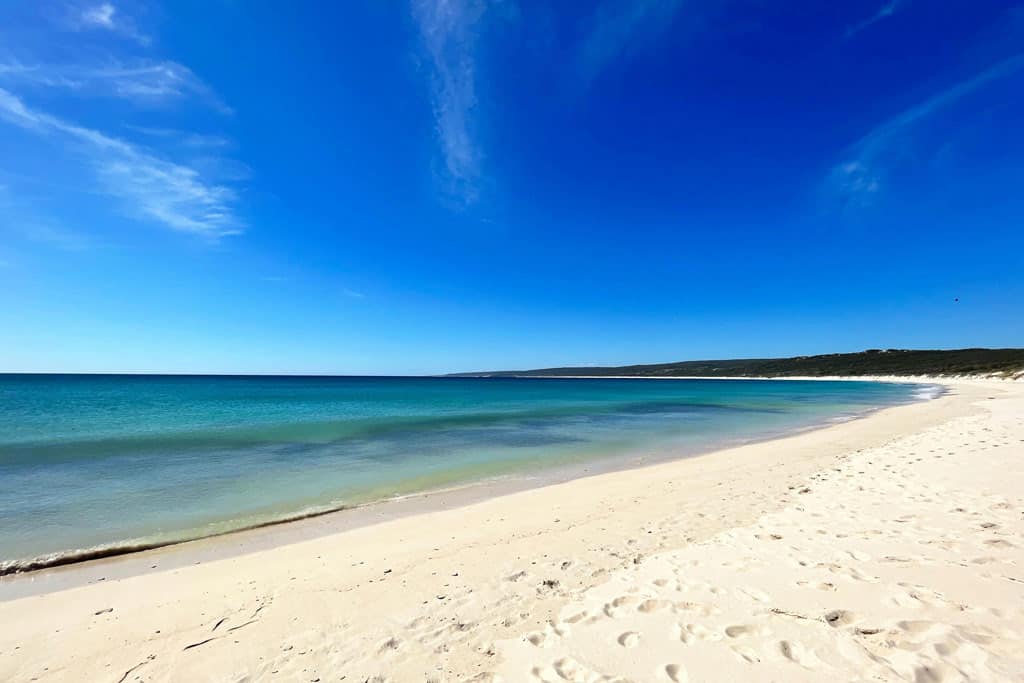
Shelley Beach
Shelley Beach, nestled within West Cape Howe National Park near Albany, Western Australia, is a secluded coastal gem perfect for outdoor adventures.
Surrounded by ancient granite boulders estimated to be over 1 billion years old, Shelley Beach is a beautiful spot for swimming and relaxing.
It’s also a fantastic fishing spot, with opportunities to catch species like Australian salmon, mulloway, whiting, and herring.
Hikers can explore nearby walking trails, including sections of the renowned Bibbulmun Track.
As the only section of West Cape Howe National Park that is accessible by two-wheel-drive vehicles, Shelley Beach is a highlight of Australia’s southwest.
Read next: The 20 Best Things To Do In Albany
Misery Beach
A gem of Australia’s south west, Misery Beach has the quintessential white sand, turquoise water, and granite cliffs of the state.
Despite its somber name, the beach was named the country’s best beach by Tourism Australia in 2022.
Now, Misery Beach is one of the most visited places in Torndirrup National Park.
Top things to do at Misery Beach include fishing, swimming, and taking on the scenic coastal trails.
Lucky Bay
One of the most iconic beaches in all of Australia is Lucky Bay. With fine white sand and pristine waters, Lucky Bay is picture-perfect.
Travellers flock to Lucky Bay to spot the iconic kangaroos that love to hang out on the sand. There is nothing quite as Australian as seeing kangaroos on the beach!
Lucky Bay is located in Cape Le Grand National Park near Esperance. This pristine stretch of coastline is perfect for swimming, fishing, kayaking, snorkelling, and relaxing in an idyllic setting.
Visitors can also explore nearby hiking trails like the Coastal Trail, which provides breathtaking views of the surrounding landscapes.
For those wishing to extend their stay, the Lucky Bay Campground offers facilities such as solar-heated showers and picnic areas.
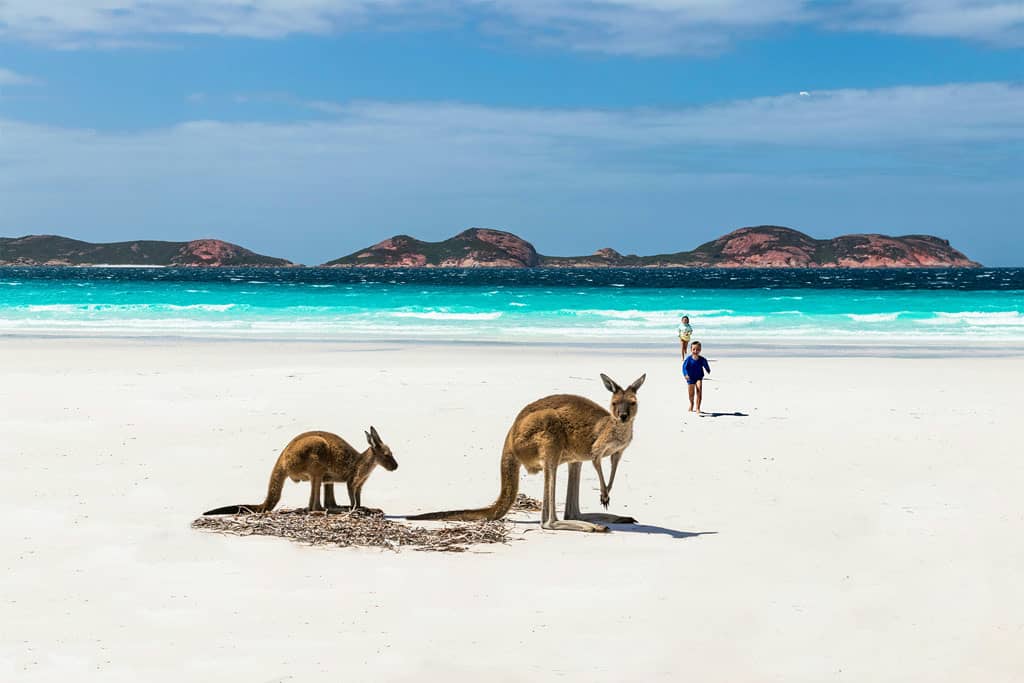
Greens Pool and Elephant Rocks
Greens Pool and Elephant Rocks in William Bay National Park near Denmark, Western Australia, are two of the region’s most captivating natural attractions.
Greens Pool is known for its gorgeous turquoise waters surrounded by a ring of giant granite boulders.
A short walk from Greens Pool leads to Elephant Rocks, where massive, rounded granite rock formations resemble a herd of elephants wading in the shallow waters.
Visitors can descend a staircase between the rocks to access the secluded Elephant Cove, a picturesque beach perfect for photography.
Greens Pool and Elephant Rocks are both unique geological sites that showcase the natural beauty of Western Australia.
See the best beaches on a Coastal Perth to Esperance Road Trip!
Little Beach
Little Beach is one of the most beautiful beaches near Albany, Western Australia.
This secluded cove offers panoramic views towards Mount Manypeaks and Waychinicup National Park.
A short walk from Little Beach leads to Waterfall Beach, where a seasonal waterfall cascades onto the shore.
Accessible via a well-maintained path from the car park, Little Beach is part of a protected area that supports diverse wildlife, such as the endangered noisy scrub-bird.
Whether you’re seeking relaxation or adventure, Little Beach in Two Peoples Bay Nature Reserve is a fabulous place to visit!
Waterfall Beach
Another one of the most beautiful beaches in Western Australia is Waterfall Beach.
This secluded crescent of white sand and turquoise water is just a 1km walk from Little Beach.
Combine the two into one trip! The walk between the beaches is beautiful as well.
Waterfall Beach is sheltered by rugged granite outcrops and is unpatrolled, so it really feels like a hidden gem.
From the rocks about Waterfall Beach, a waterfall cascades through the vegetation onto the shore. Hence the name!
Read next: The 15 Best Day Trips From Perth, Western Australia
Hellfire Bay
Hellfire Bay is another highlight of Cape Le Grand National Park near Esperance.
I might be sounding like a broken record, but Hellfire Bay also has captivating white sands and turquoise water. Western Australia is absolutely packed with beaches like this!
The rugged mountains and granite cliffs add a bit of texture to the classic beach vibes.
Explore the best of the area by hiking the Cape Le Grand Coastal Trail, which connects Hellfire Bay with nearby Thistle Cove and Le Grand Beach.
Or join a guided 4×4 tour of Cape Le Grand National Park to see Hellfire and some other beaches and sand dunes with an expert guide!
Twilight Beach
All the beaches around the Esperance area are incredible. But Twilight Beach is often considered one of the best!
This picture‑perfect coastal haven has, of course, stunning natural colours with its brilliant white sand and vibrant blue waters.
Protected on its western end by offshore rock formations, the pristine beach offers calm, shallow waters perfect for young children and beginner surfers. The eastern side of Twilight Beach has bigger waves ideal for more experienced surfers.
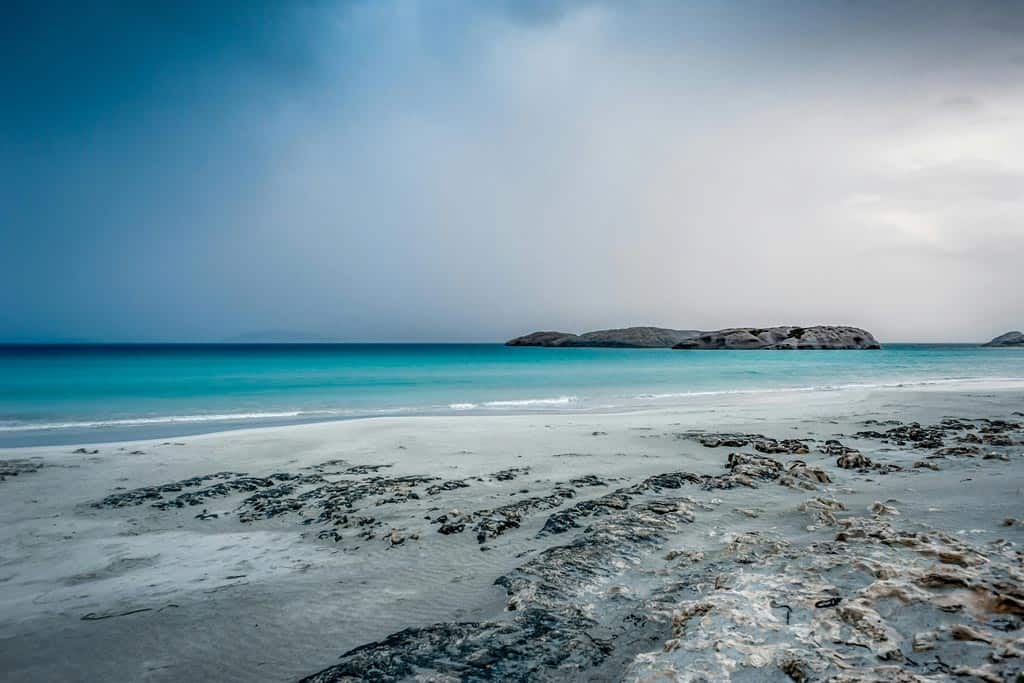
Wharton Beach
Last but not least on our list of the best beaches in Western Australia is Wharton Beach.
Easily accessed via a 4WD beach drive or by parking above at Duke of Orleans Bay Caravan Park, Wharton Beach is popular yet manages to feel wild and secluded.
This seldom‑crowded gem is perfect for swimming, snorkelling, fishing, surfing (particularly near the western end), and even dolphin spotting.
Stretching across a sweeping 4.5 km crescent, Wharton Beach is consistently praised as one of Australia’s most stunning beaches!
DISCLAIMER: Some of the links in this article are affiliate links, which means if you book accommodation, tours or buy a product, we will receive a small commission at no extra cost to you. These commissions help us keep creating more free travel content to help people plan their holidays and adventures. We only recommend the best accommodations, tours and products that ourselves or our fantastic editorial team have personally experienced, and regularly review these. Thanks for your support, kind friend!
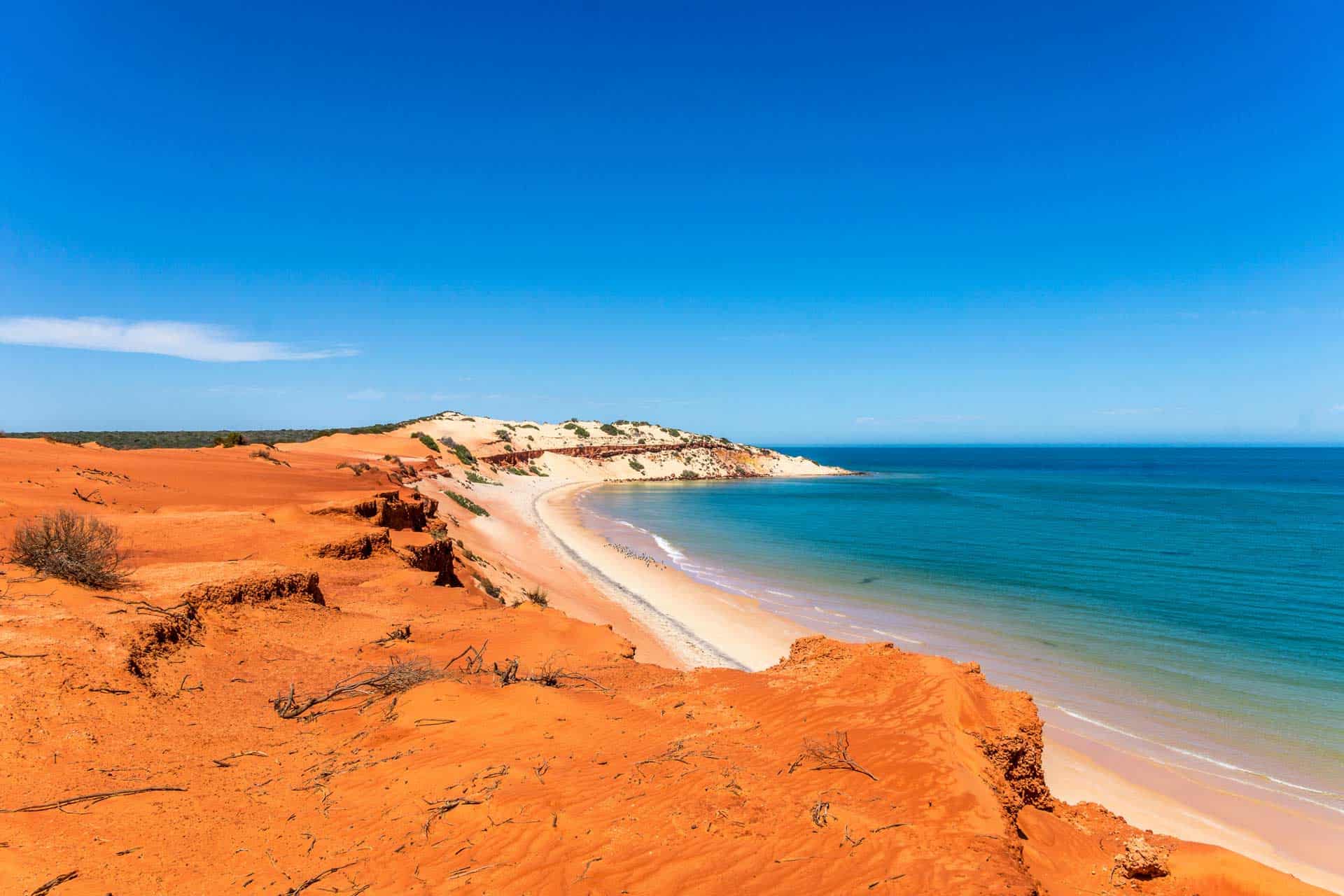
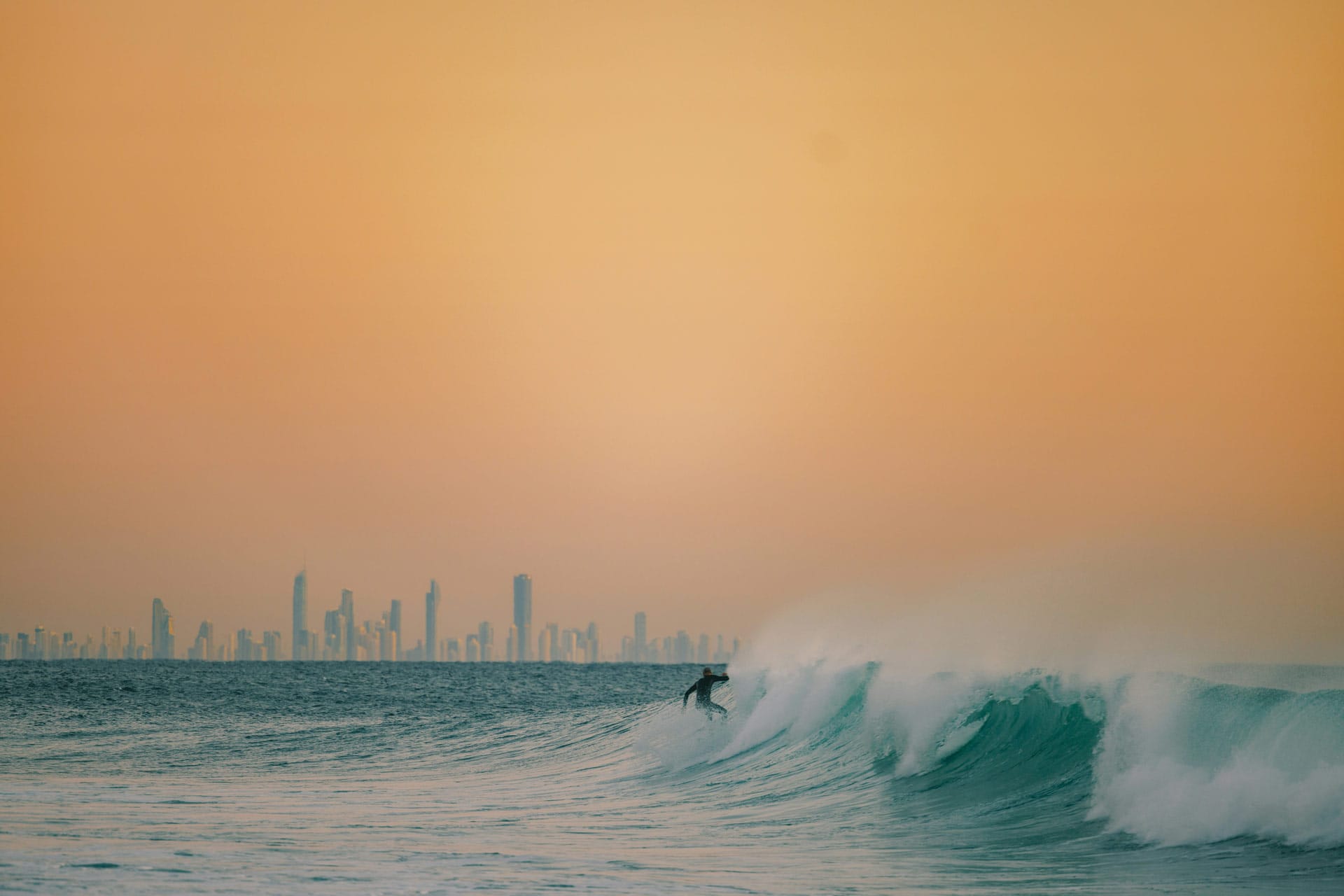
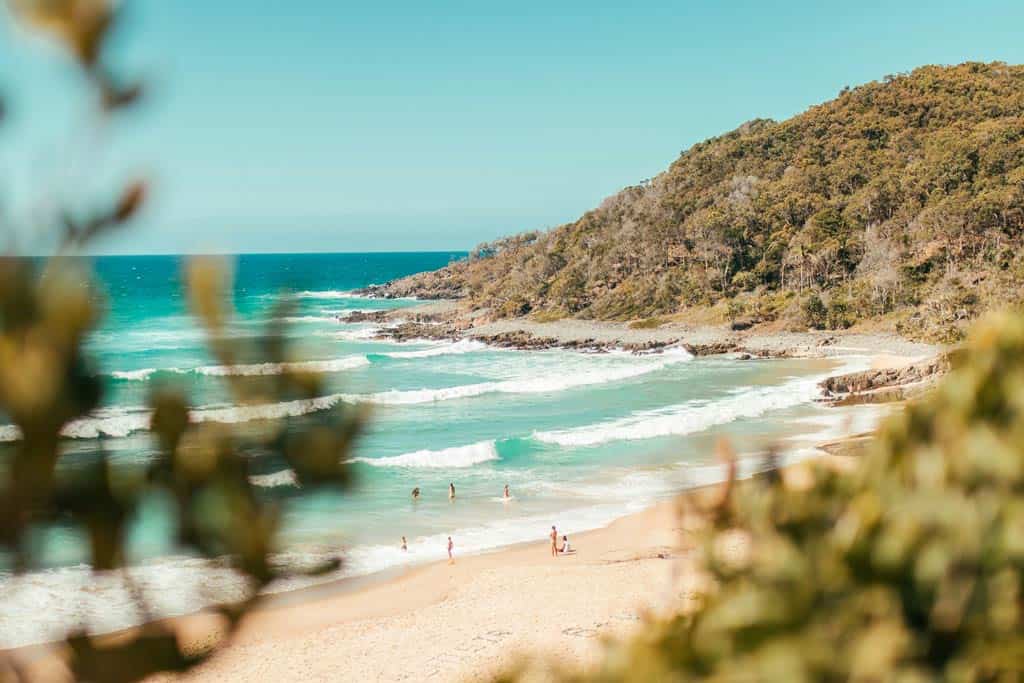
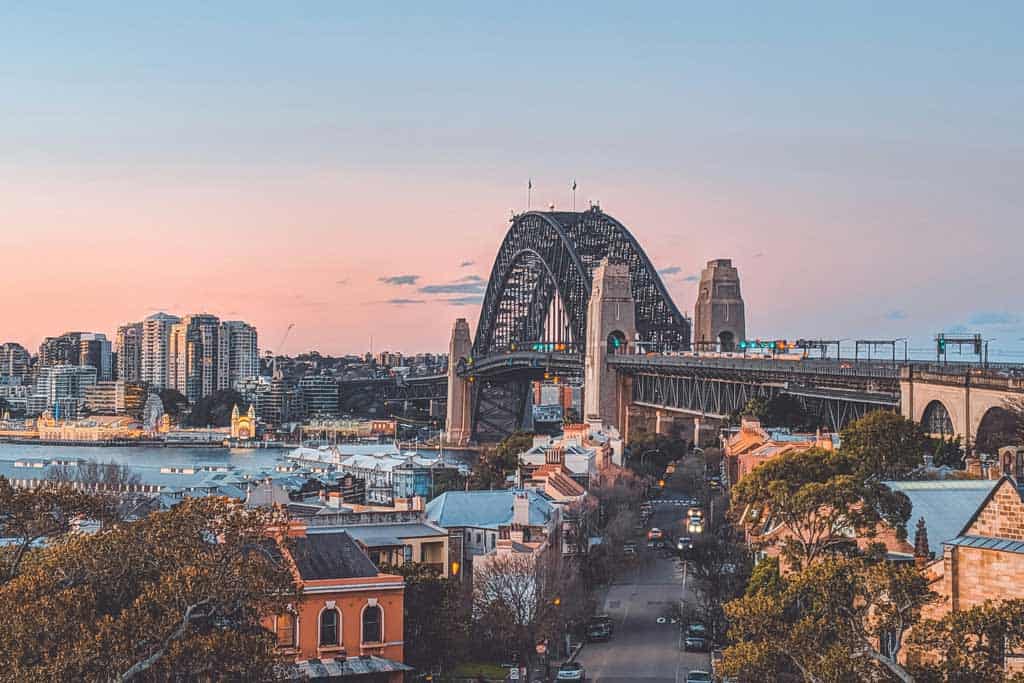
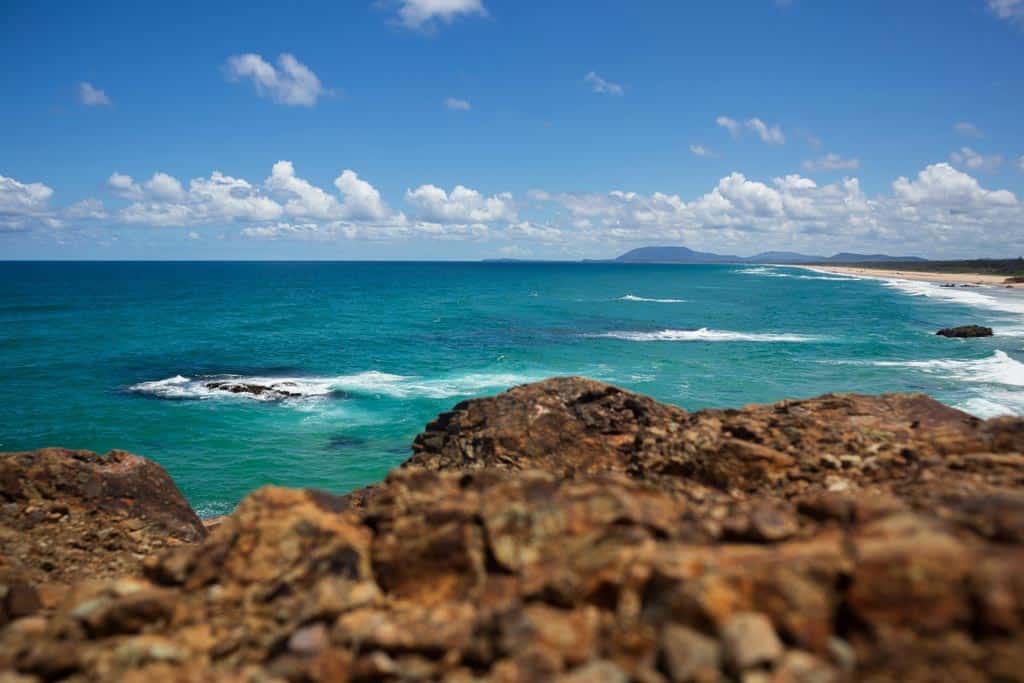
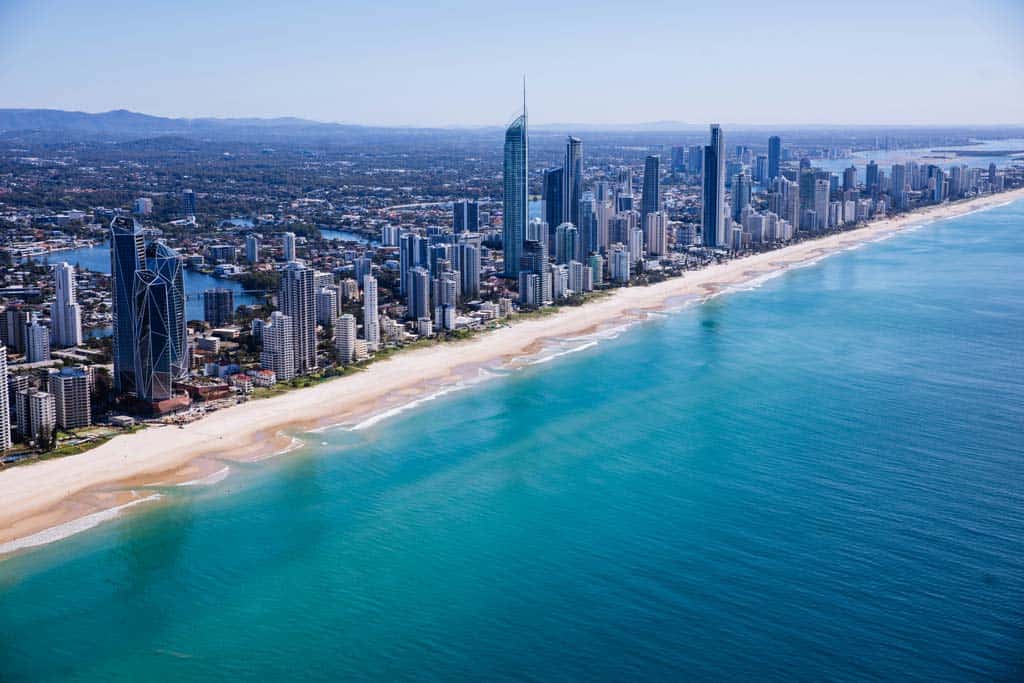
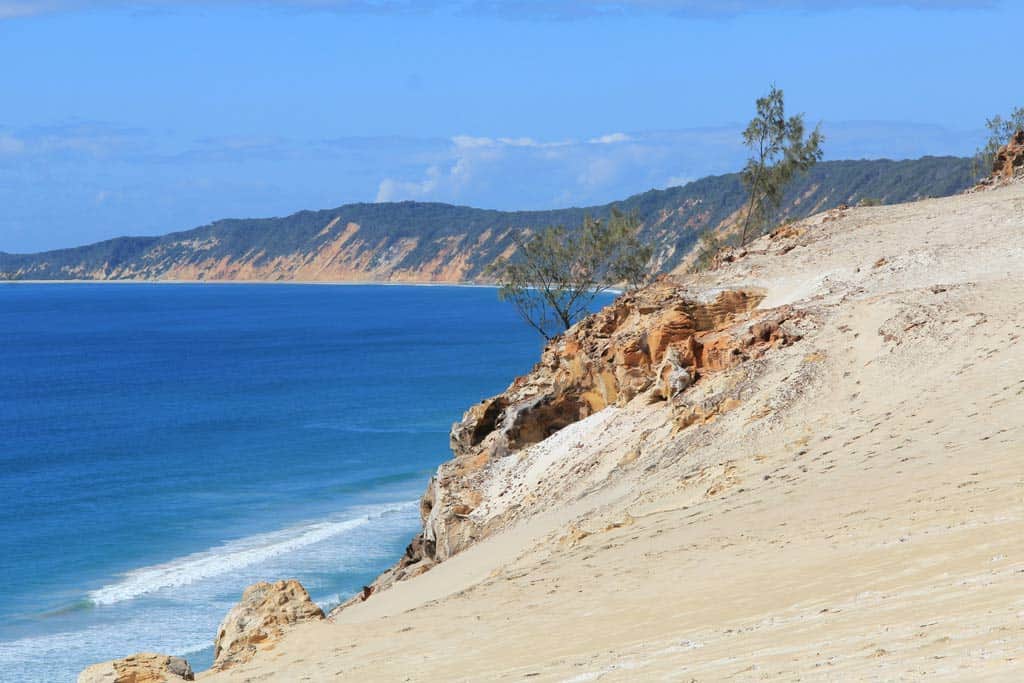

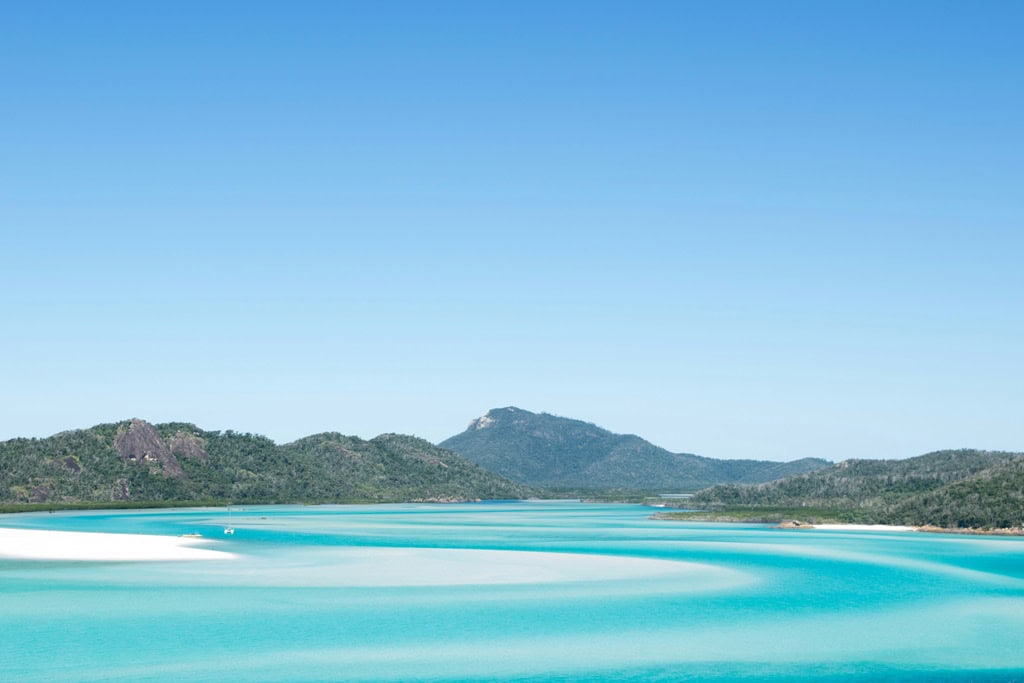

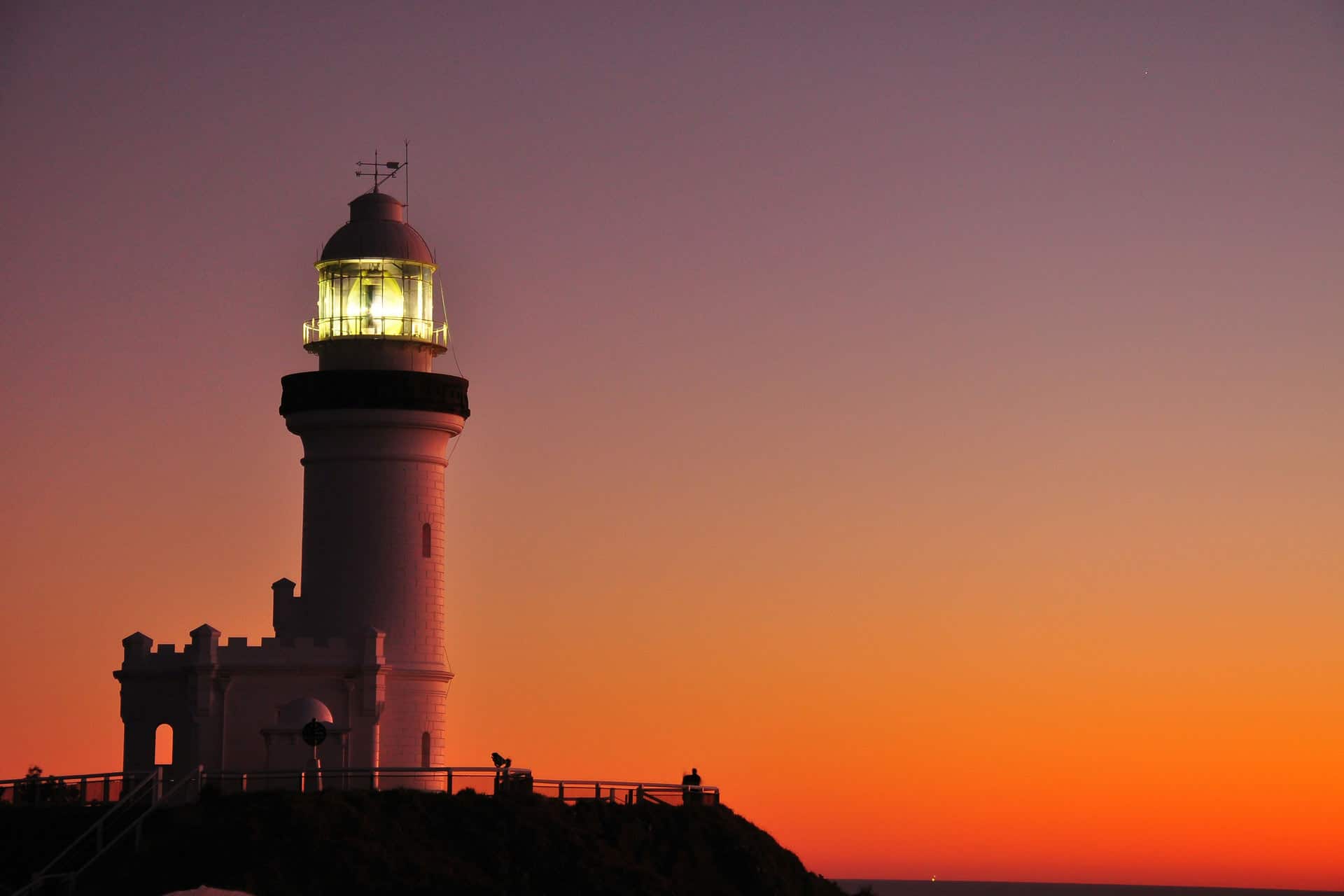

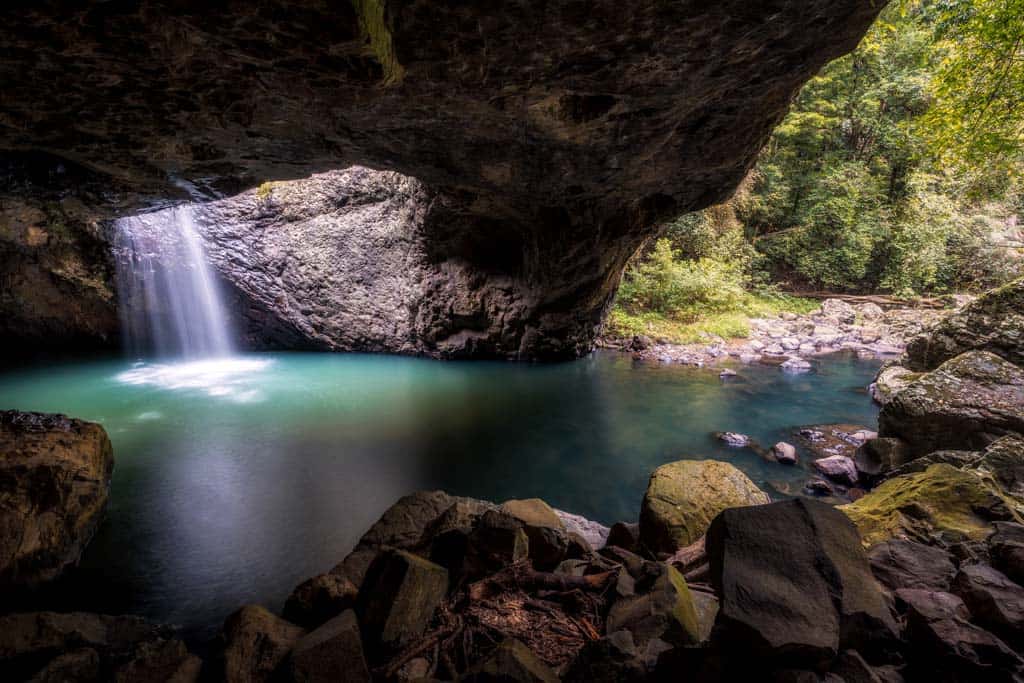
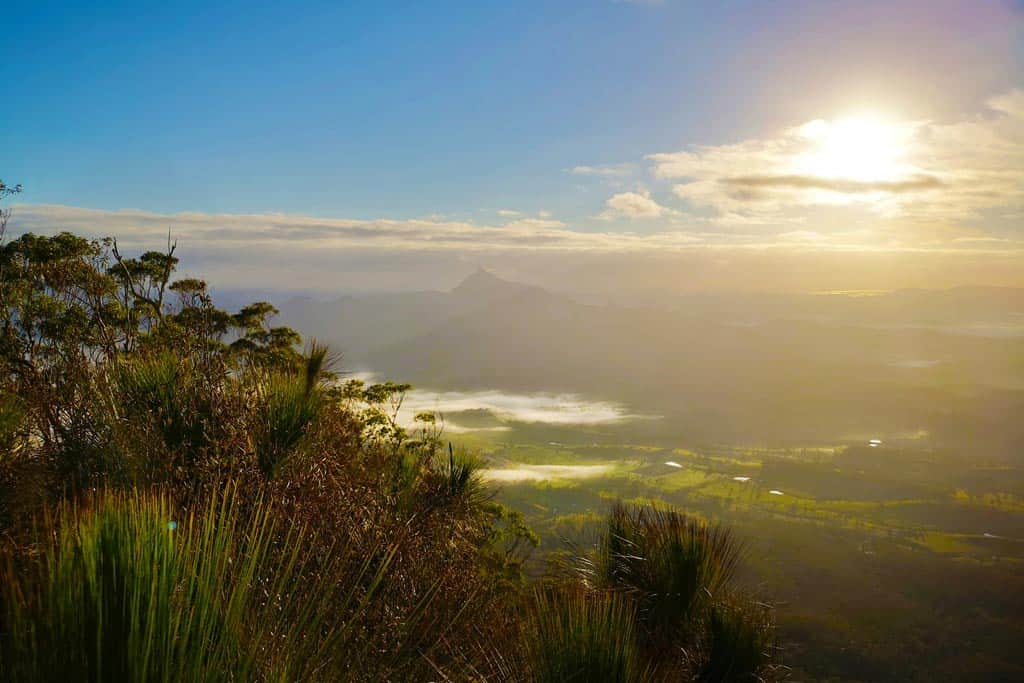
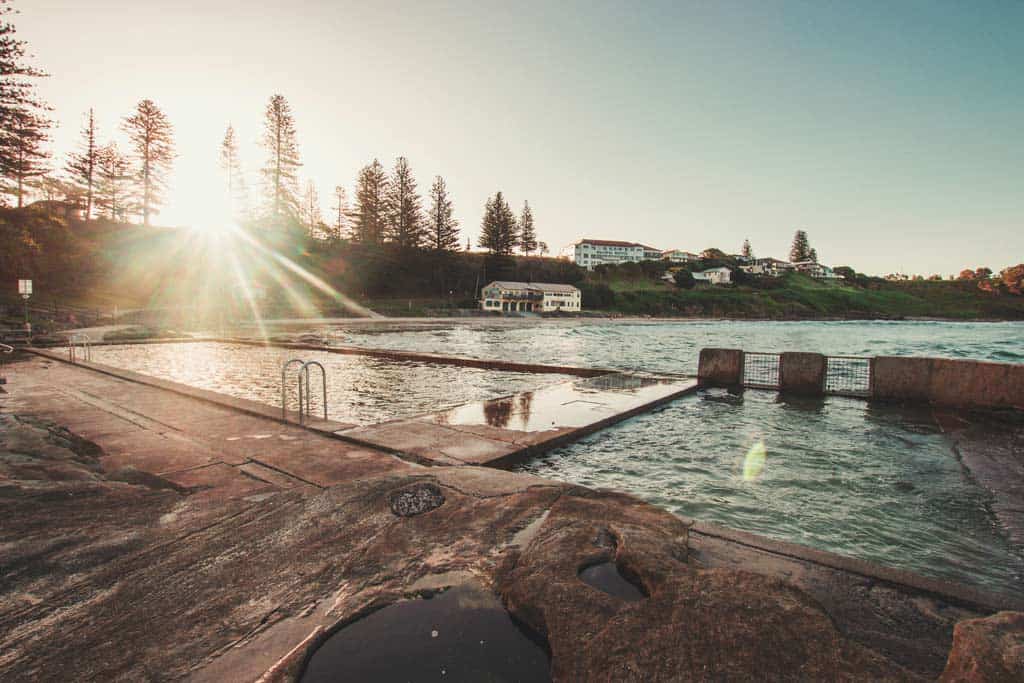
![GoPro HERO 13 Review – The Ultimate Camera Guide [2025]](https://farasar.ir/wp-content/uploads/2025/07/GoPro-HERO-13-Black-Review-Feature-Image.jpg)
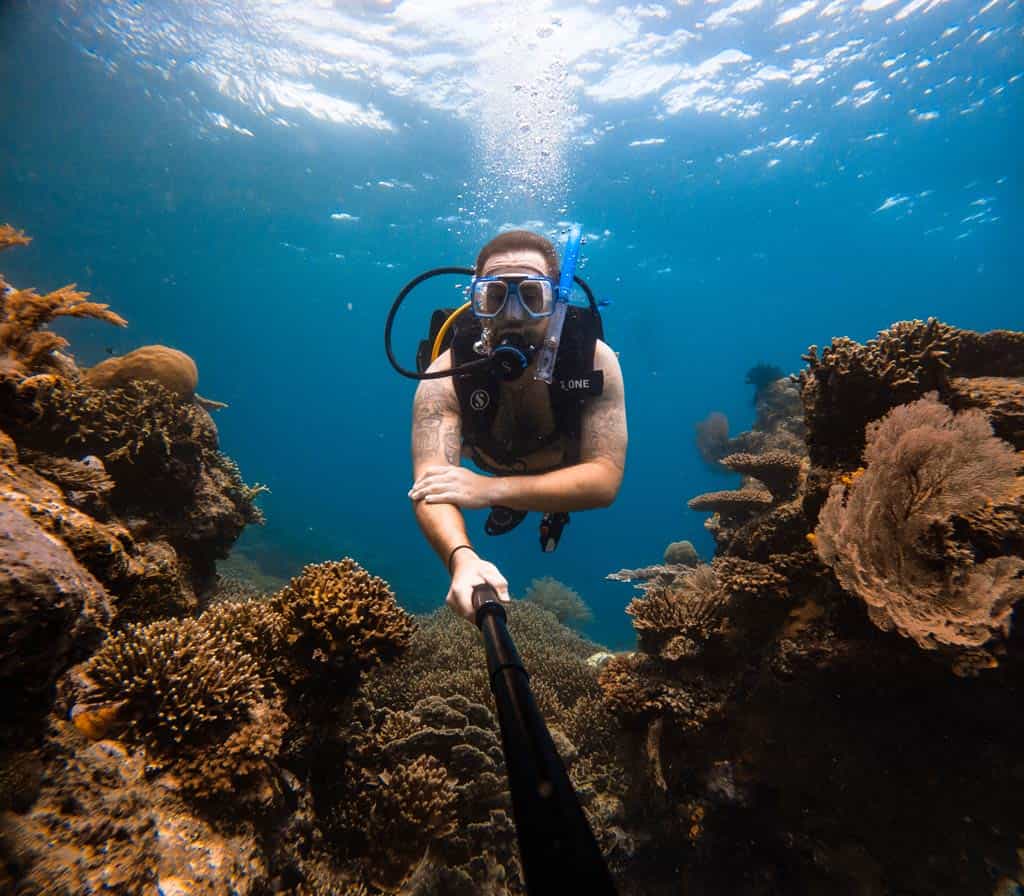
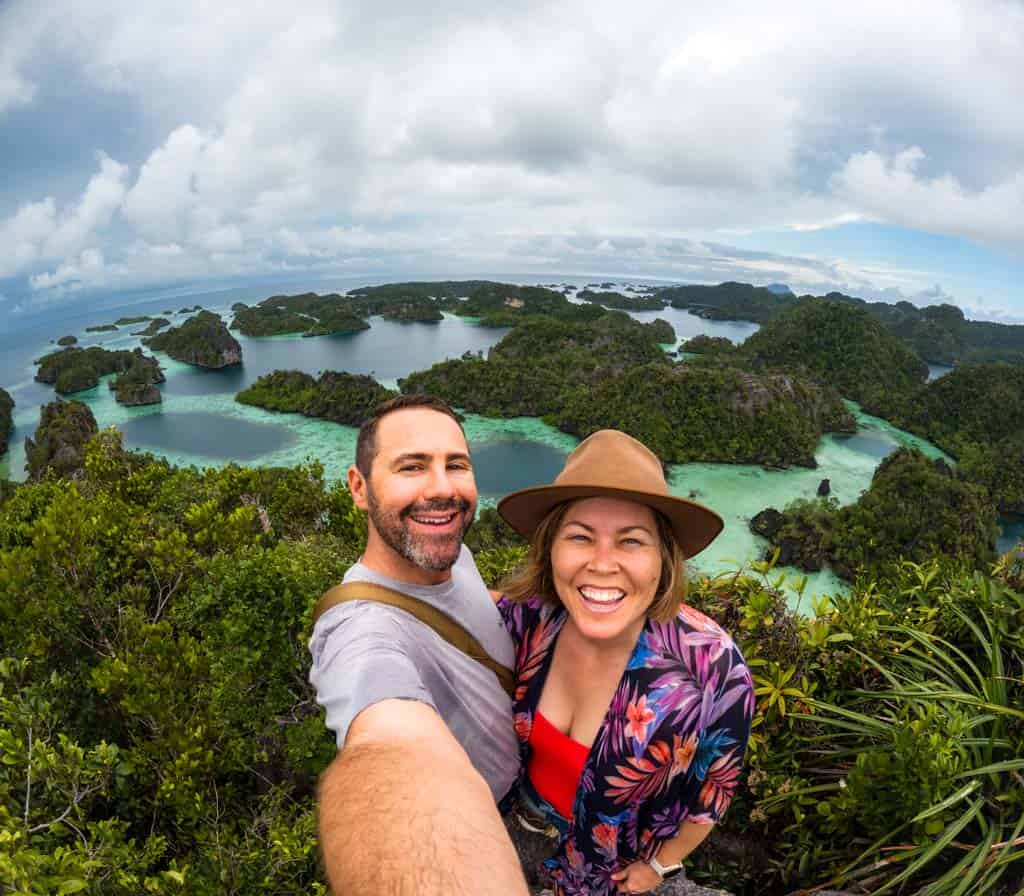




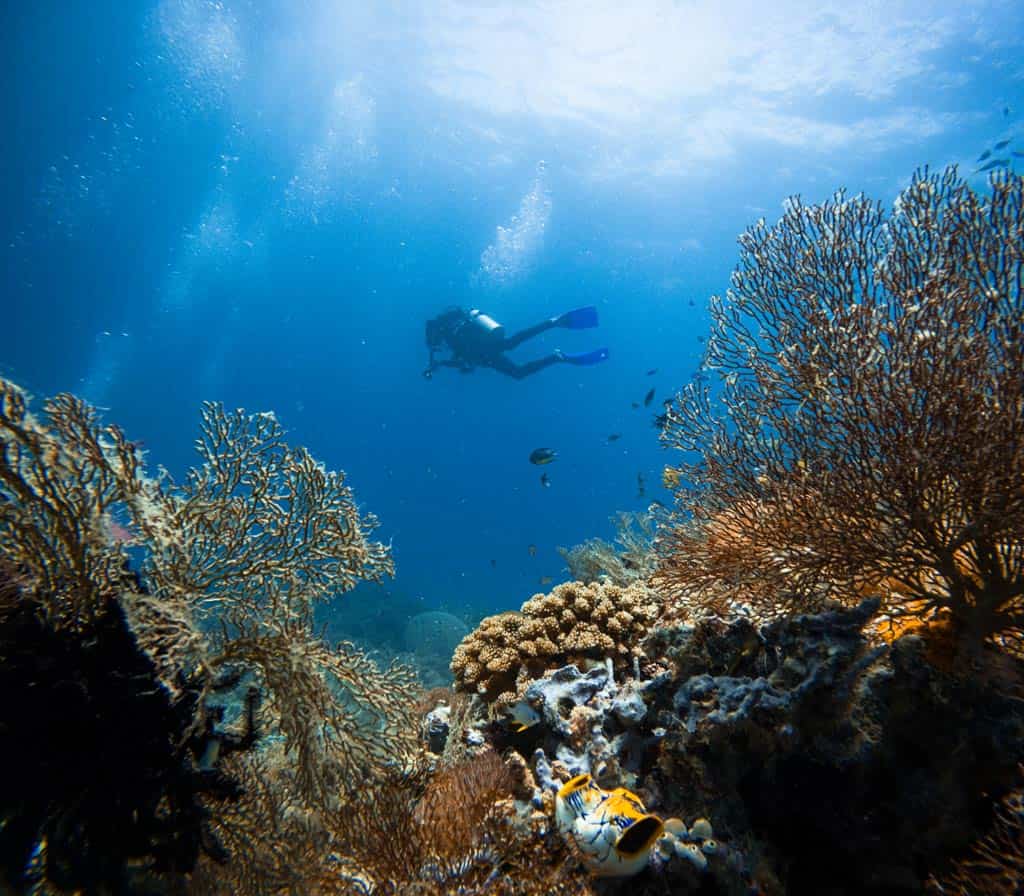




![The BEST Camera Accessories – Photography Essentials [2025]](https://farasar.ir/wp-content/uploads/2025/07/Best-Camera-Accessories.jpg)
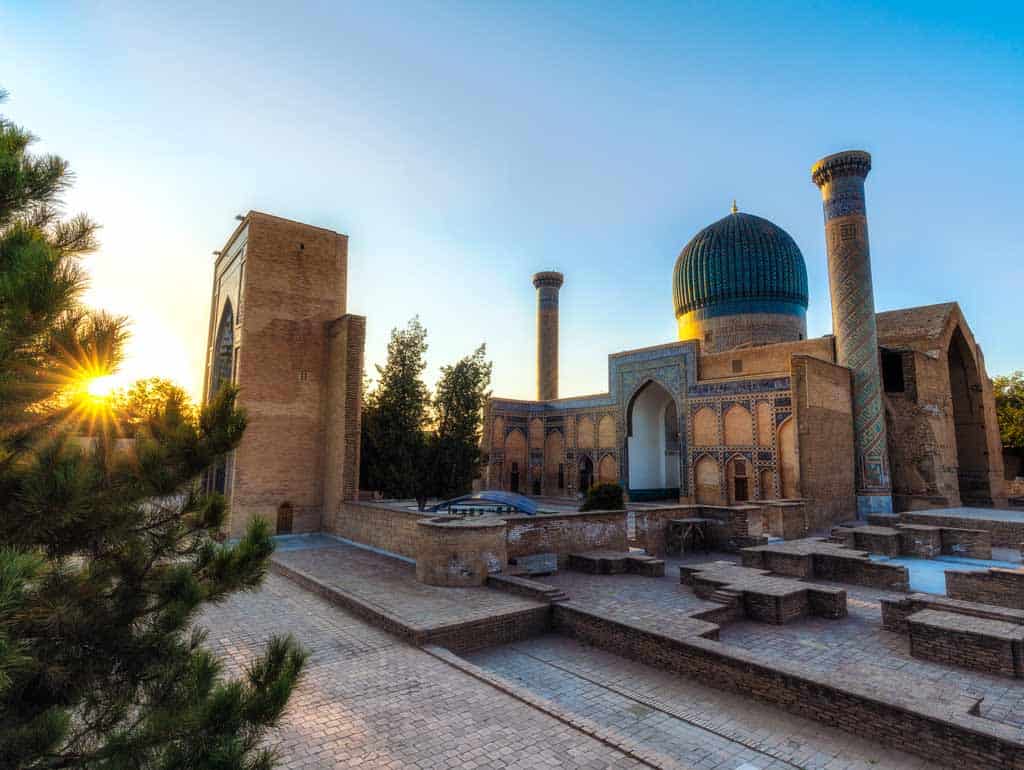
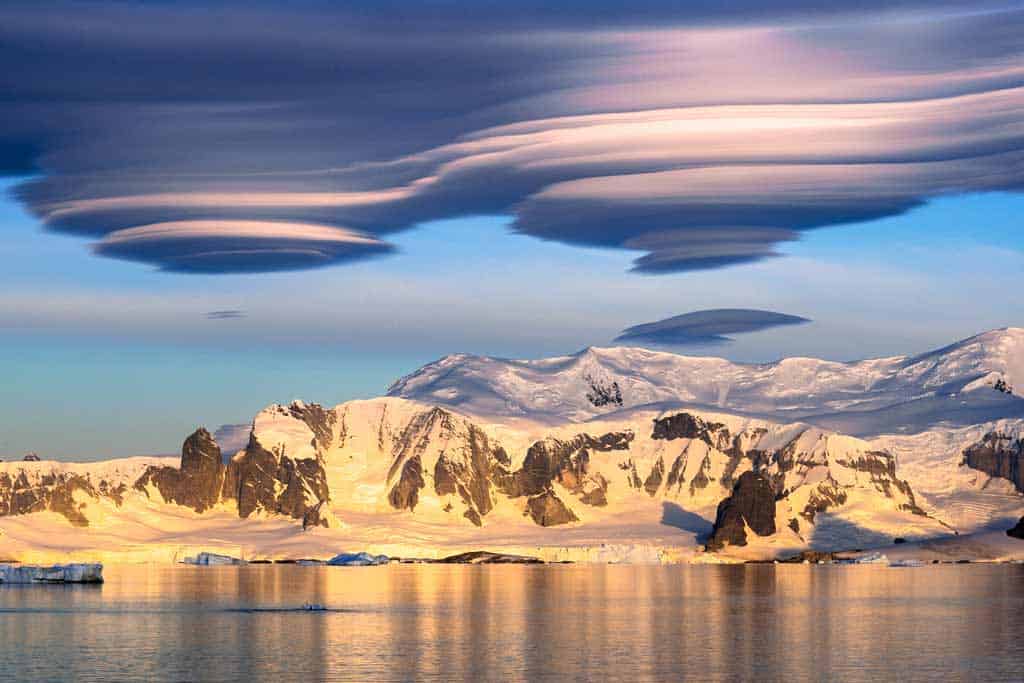
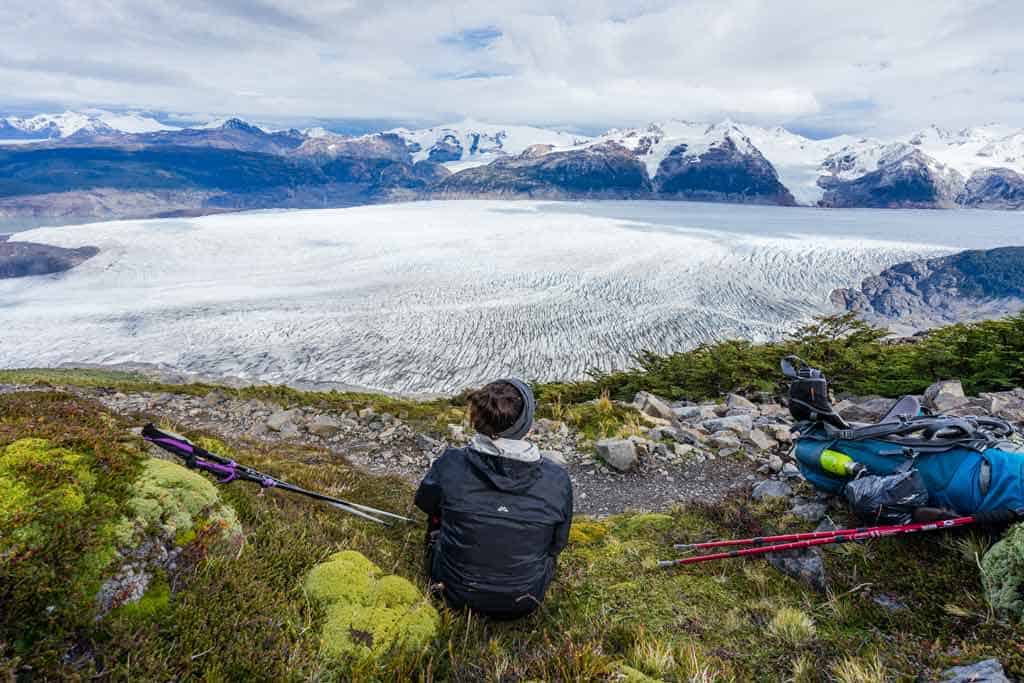
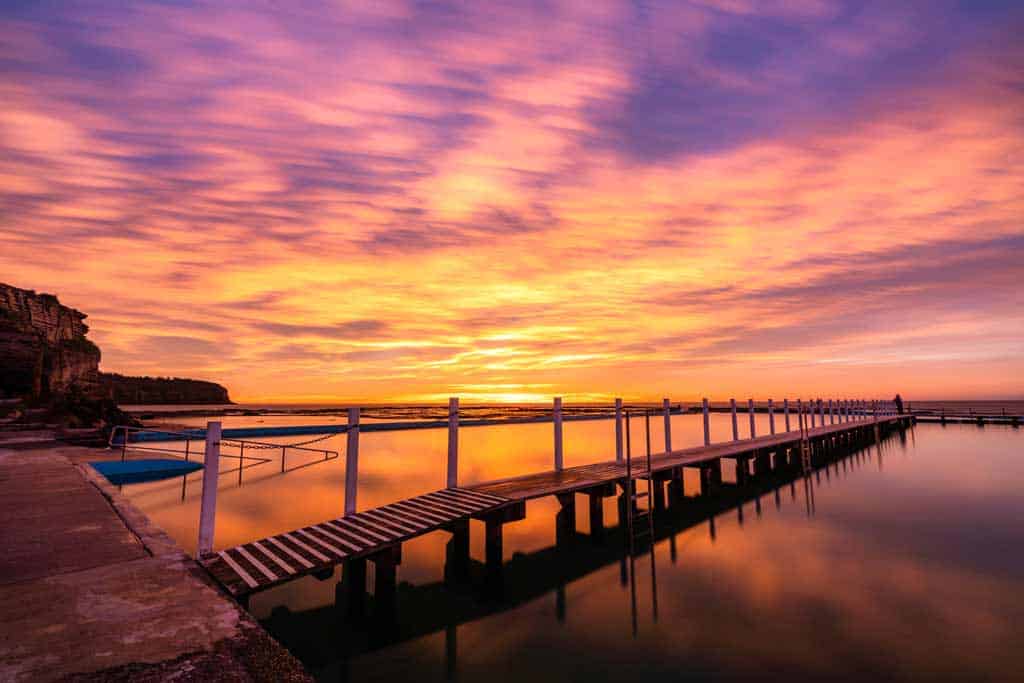
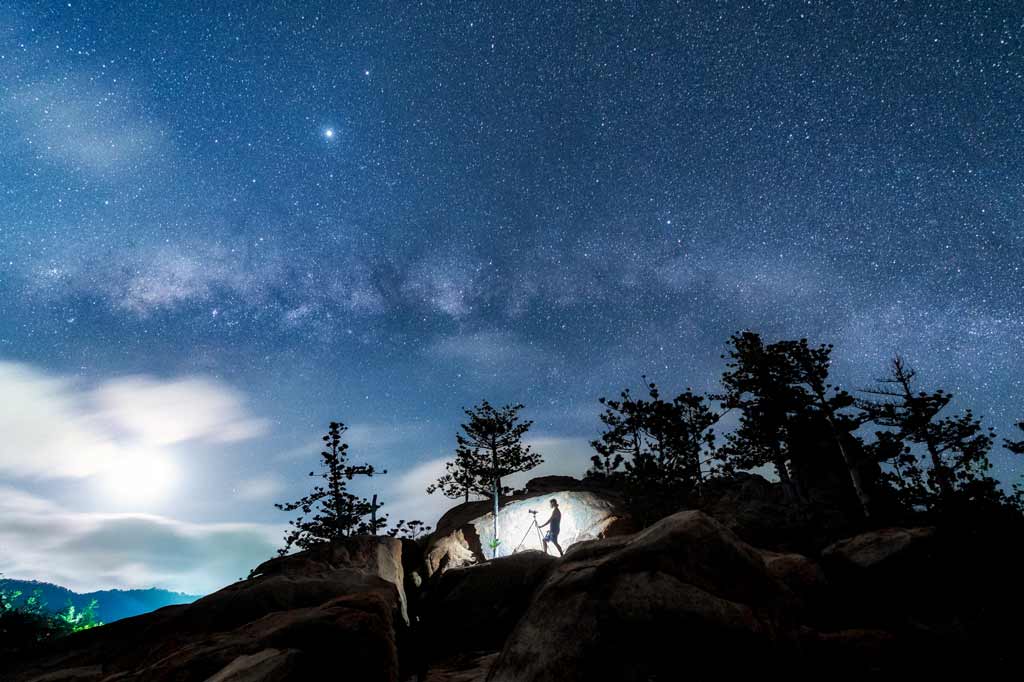
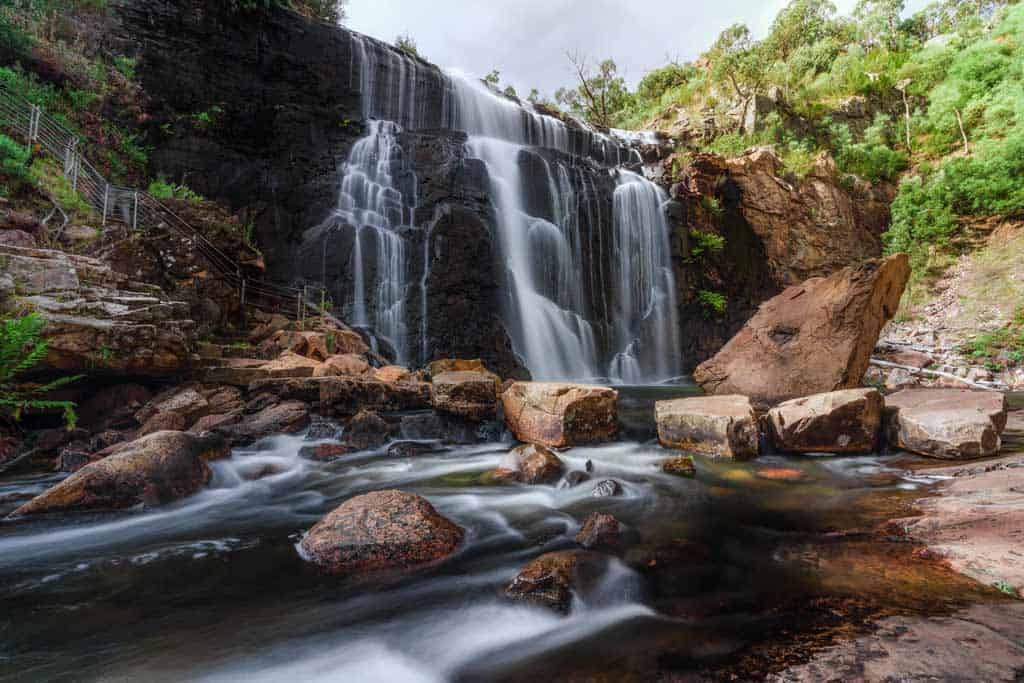
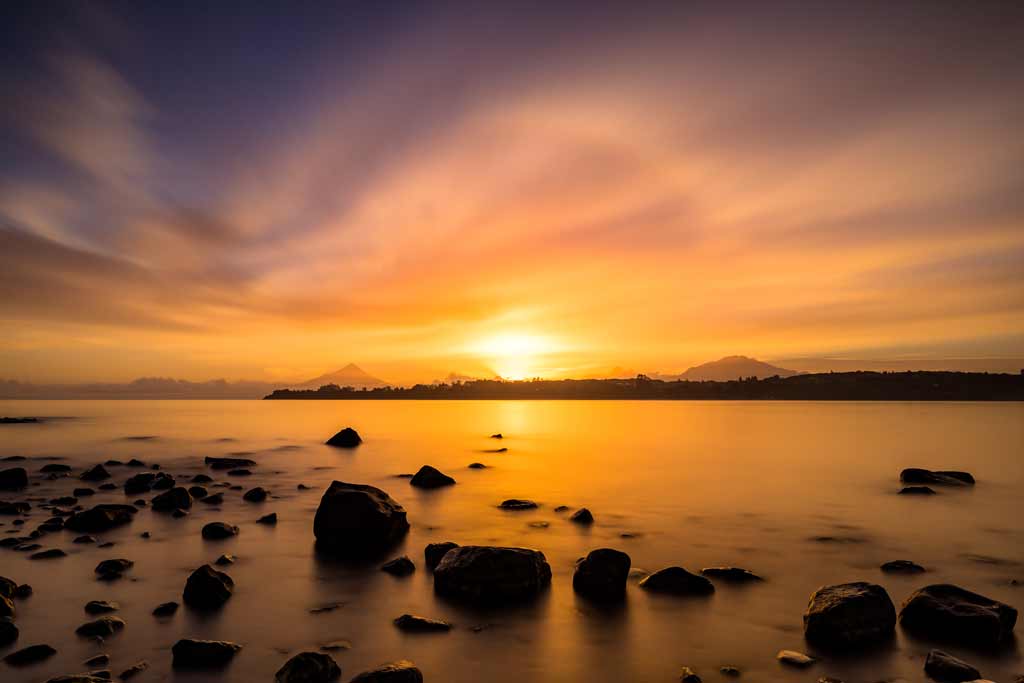
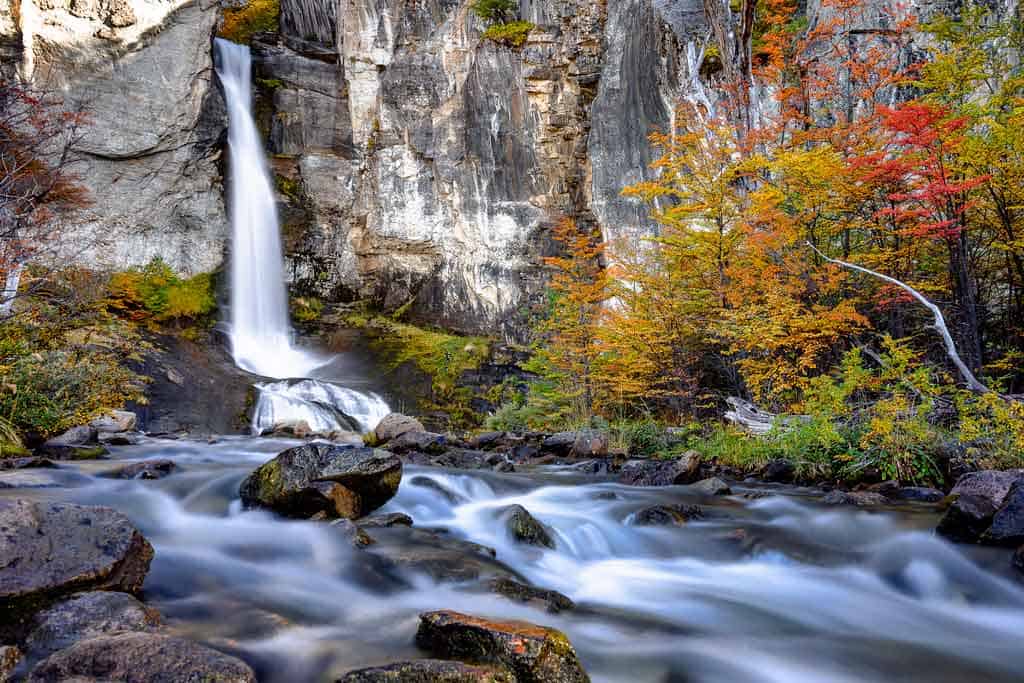
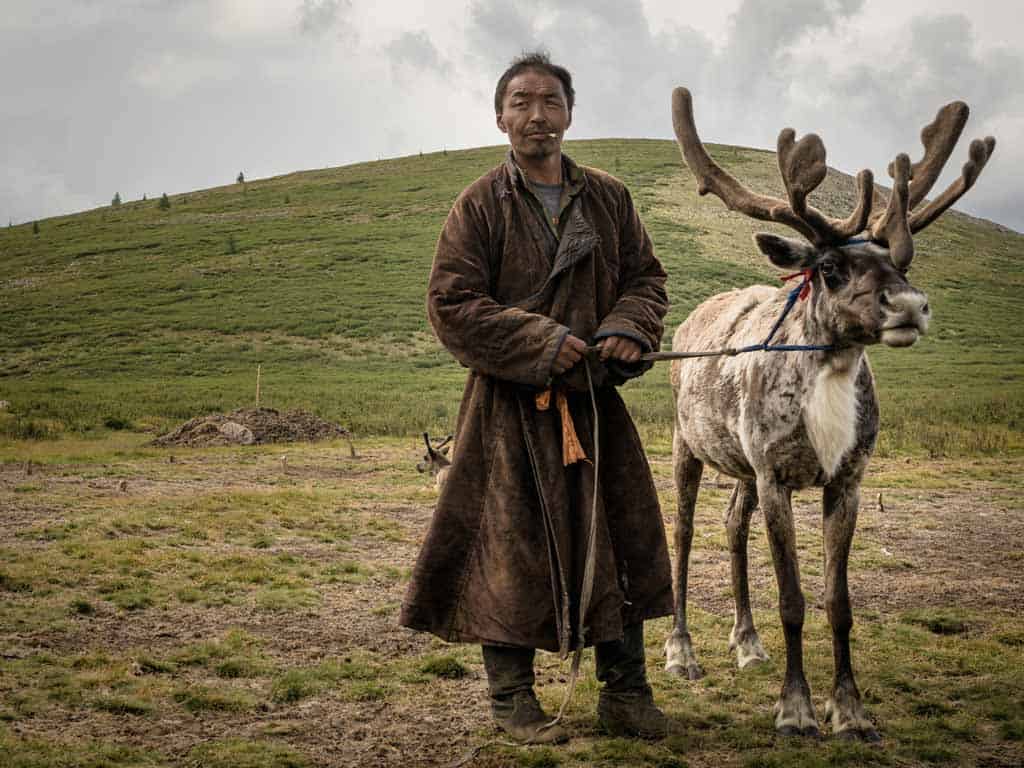

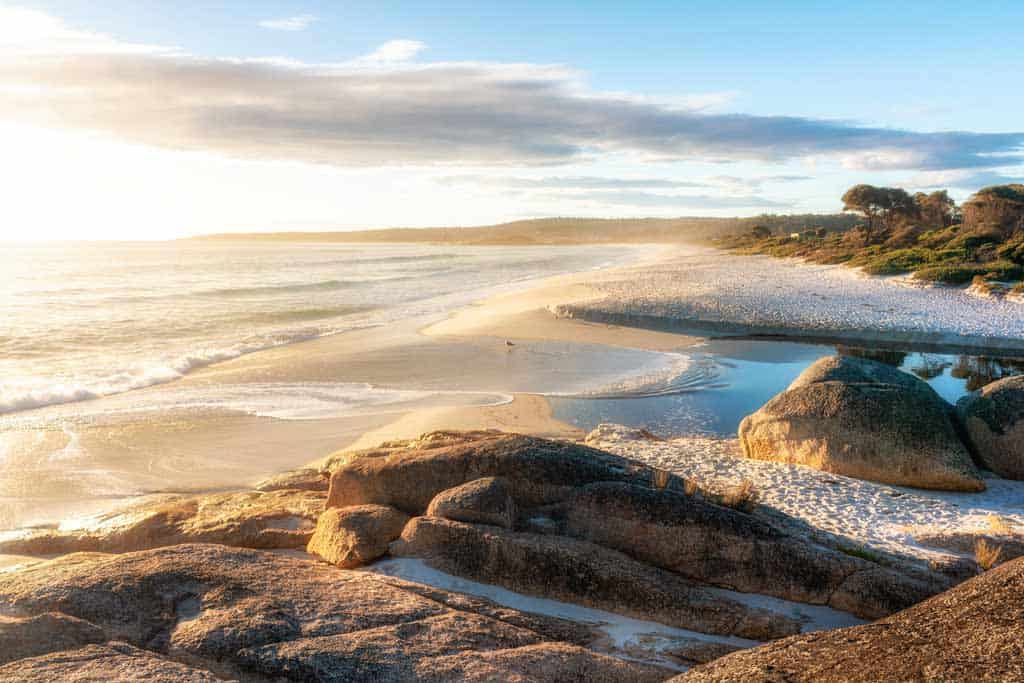
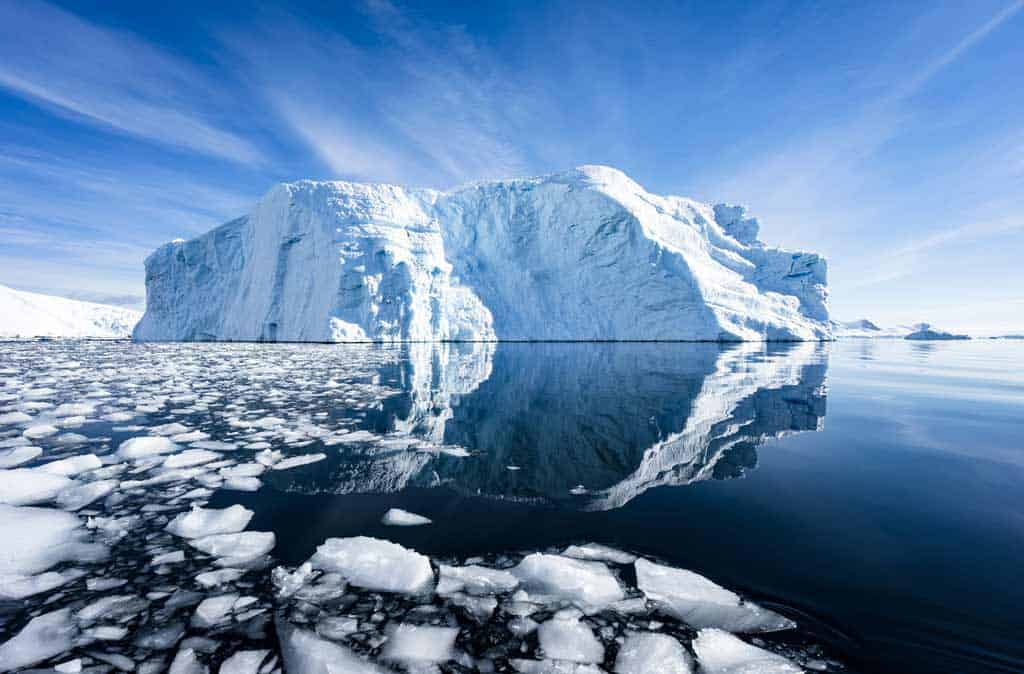
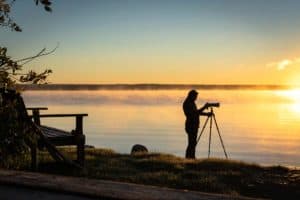
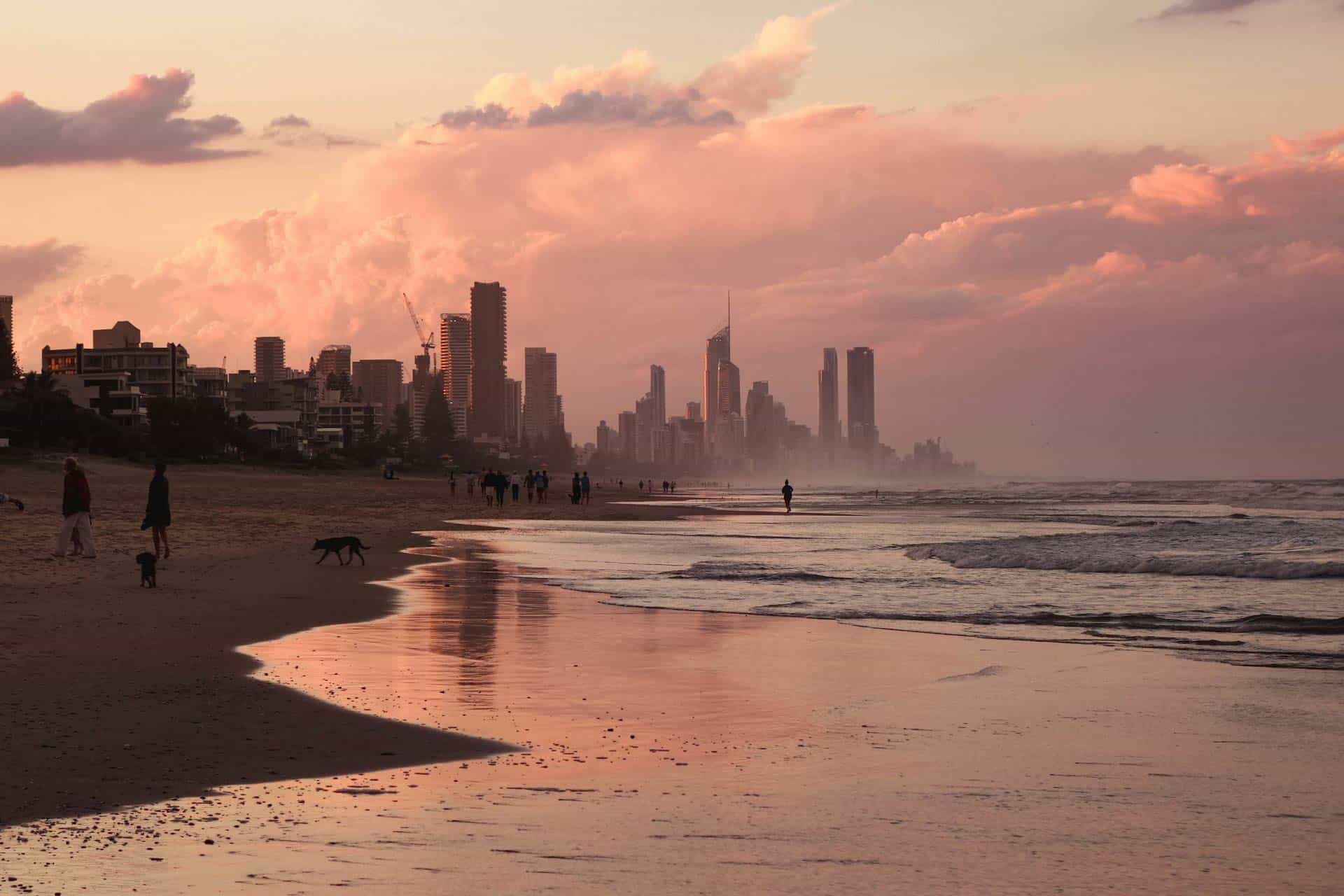
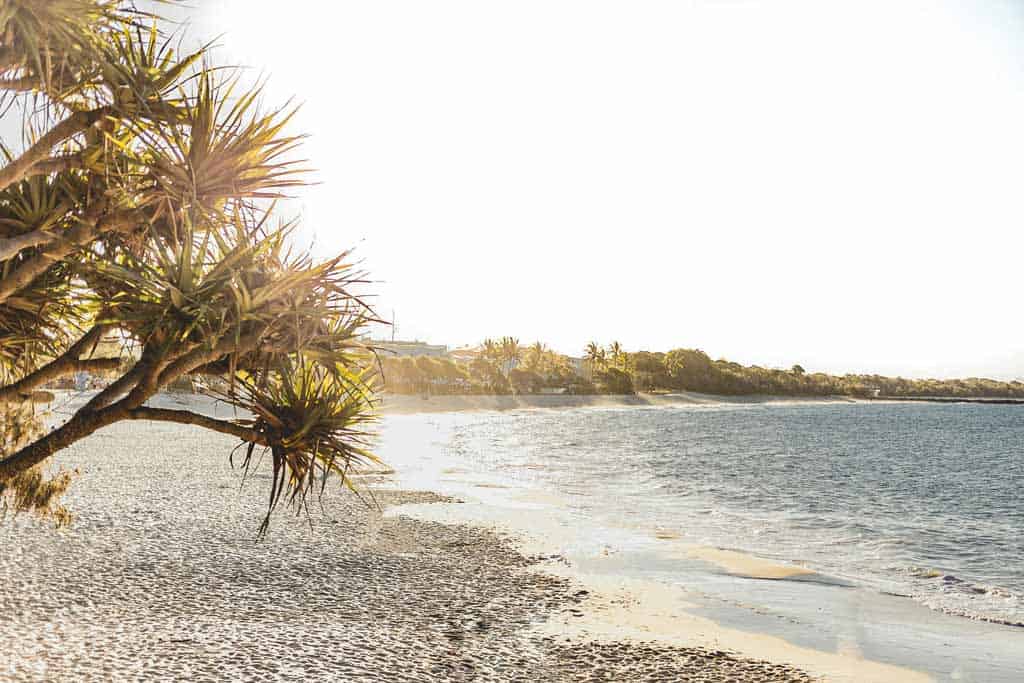
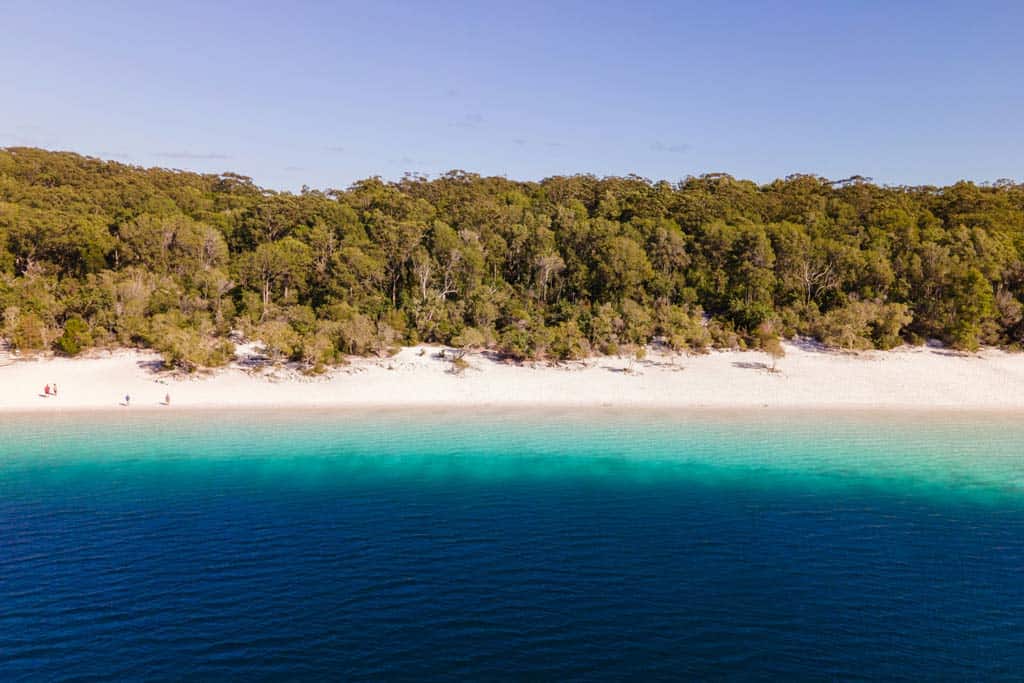
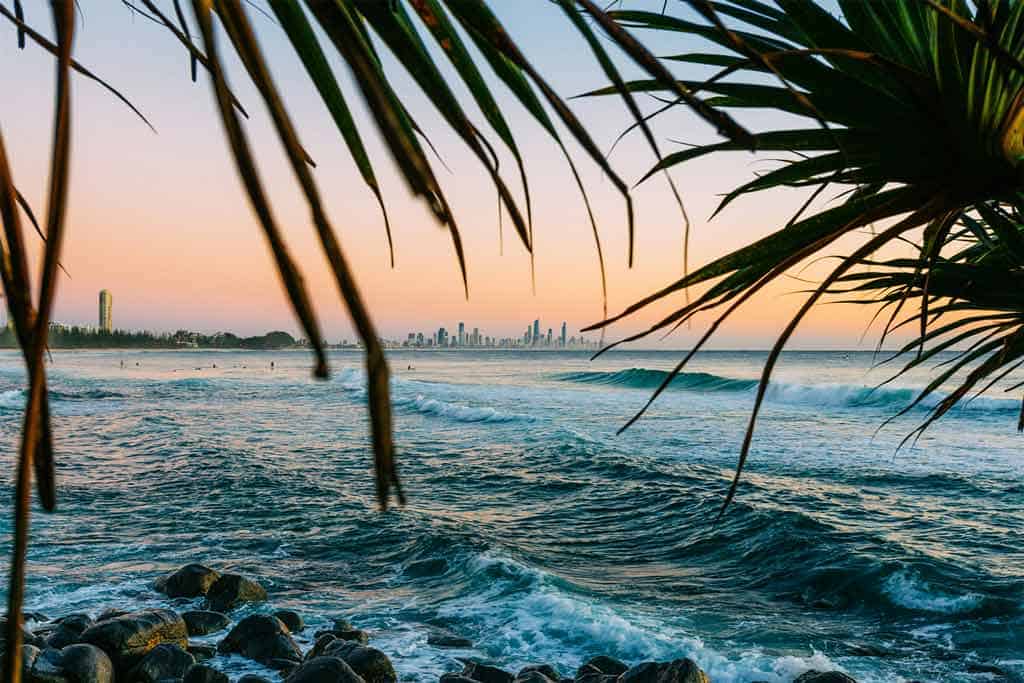
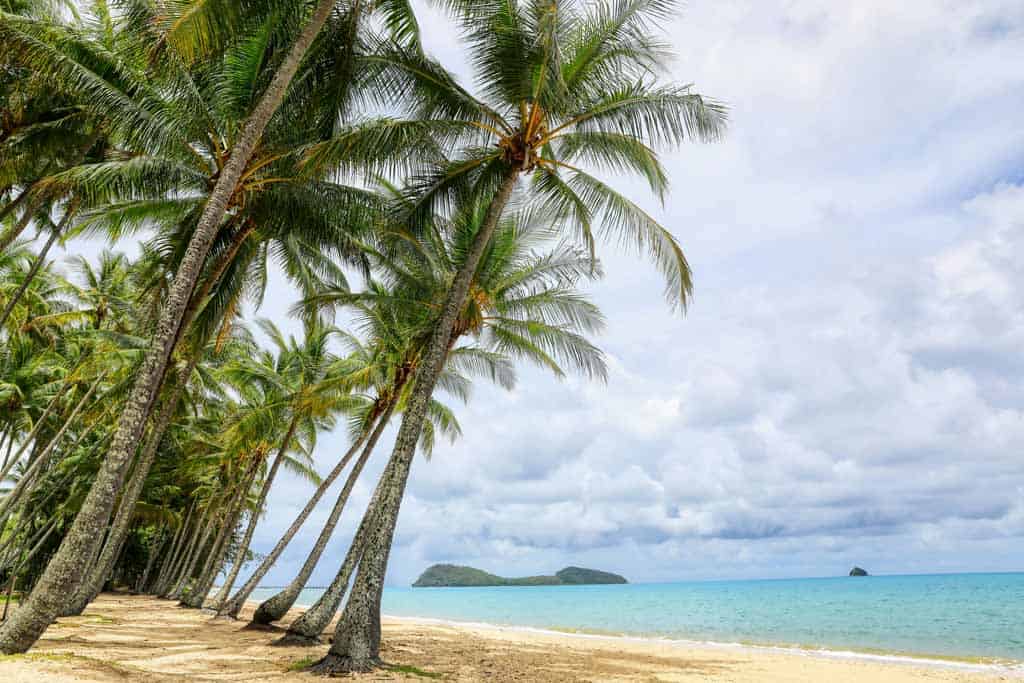
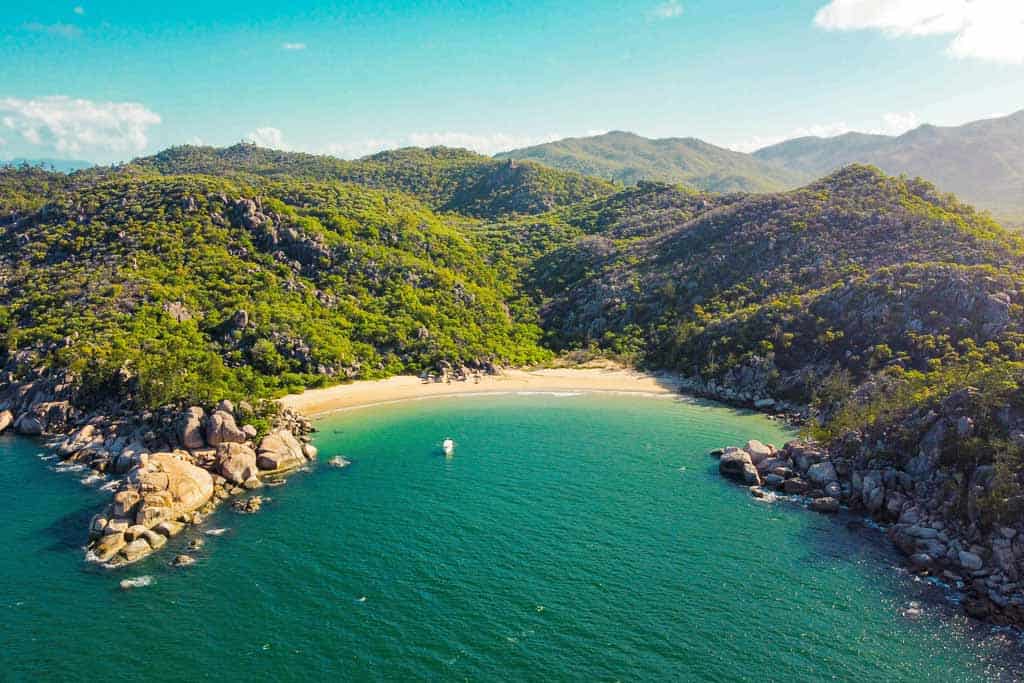
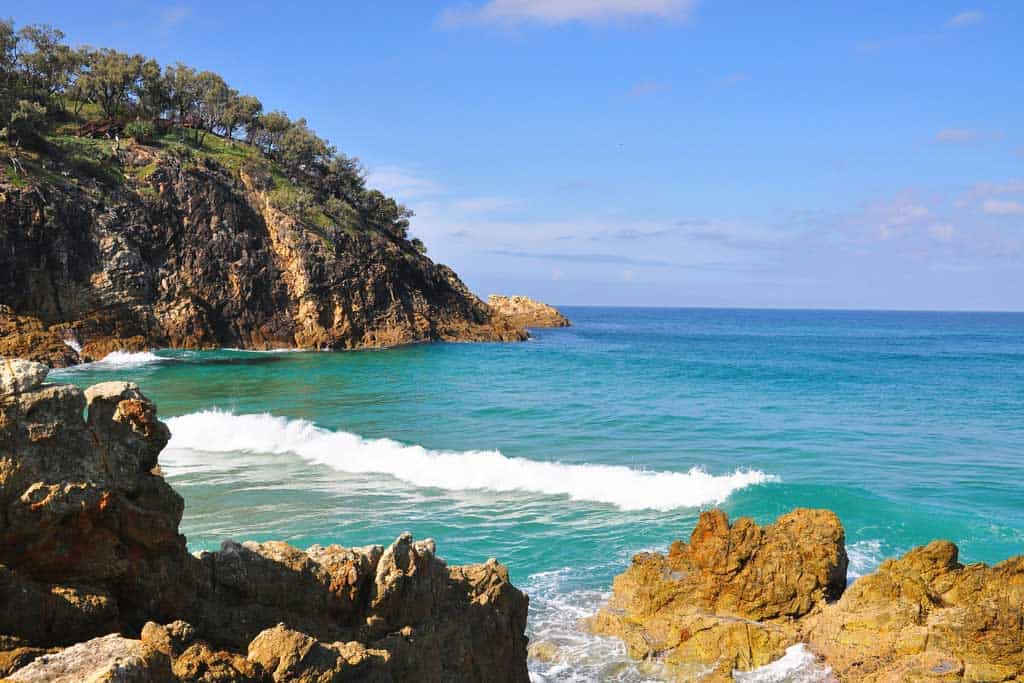
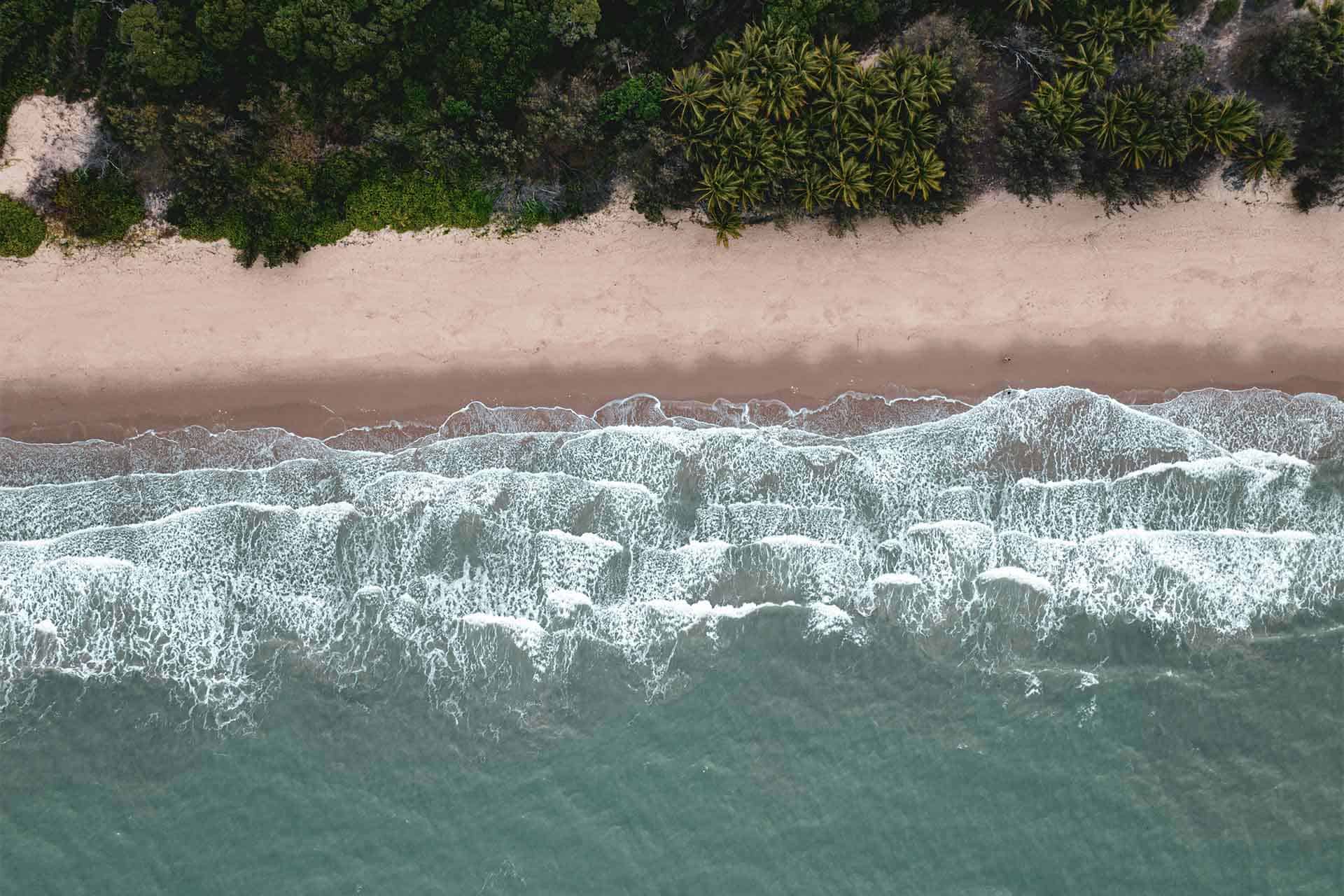
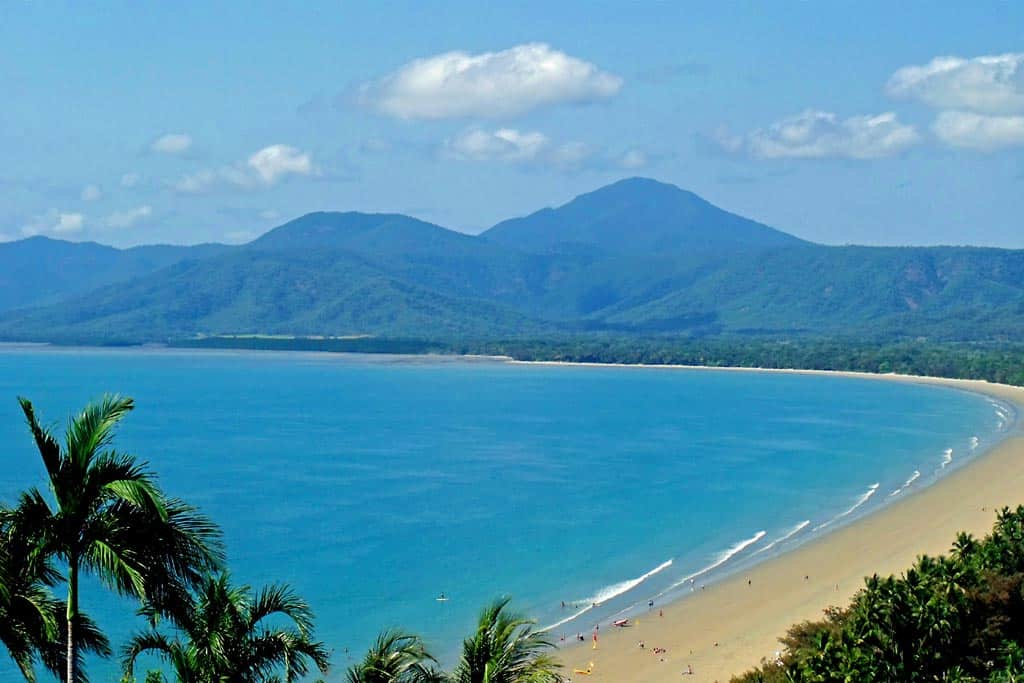
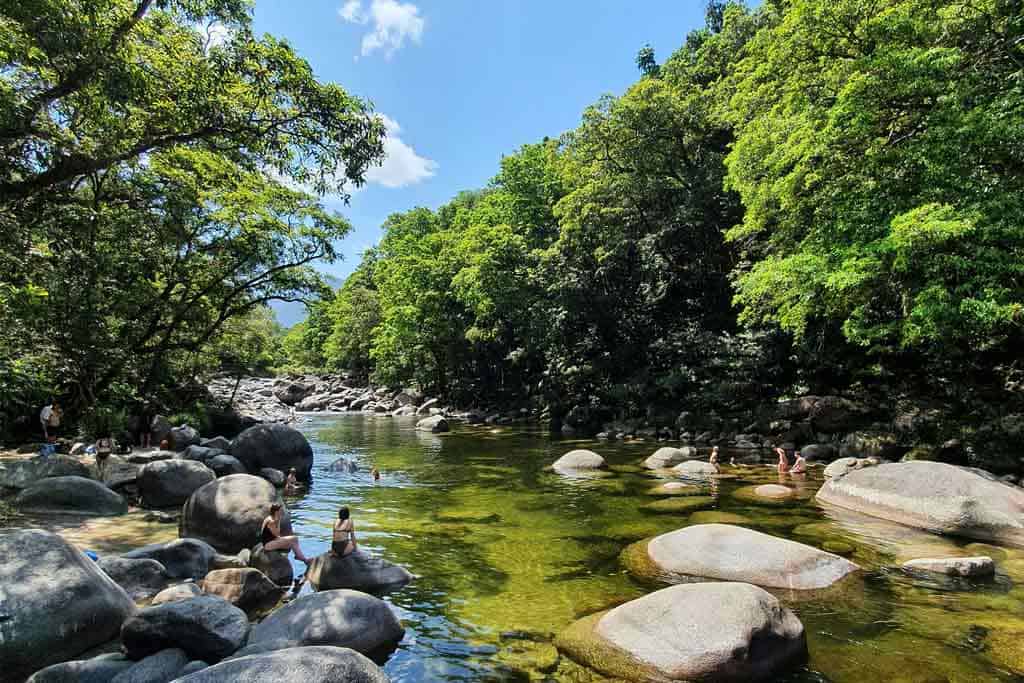
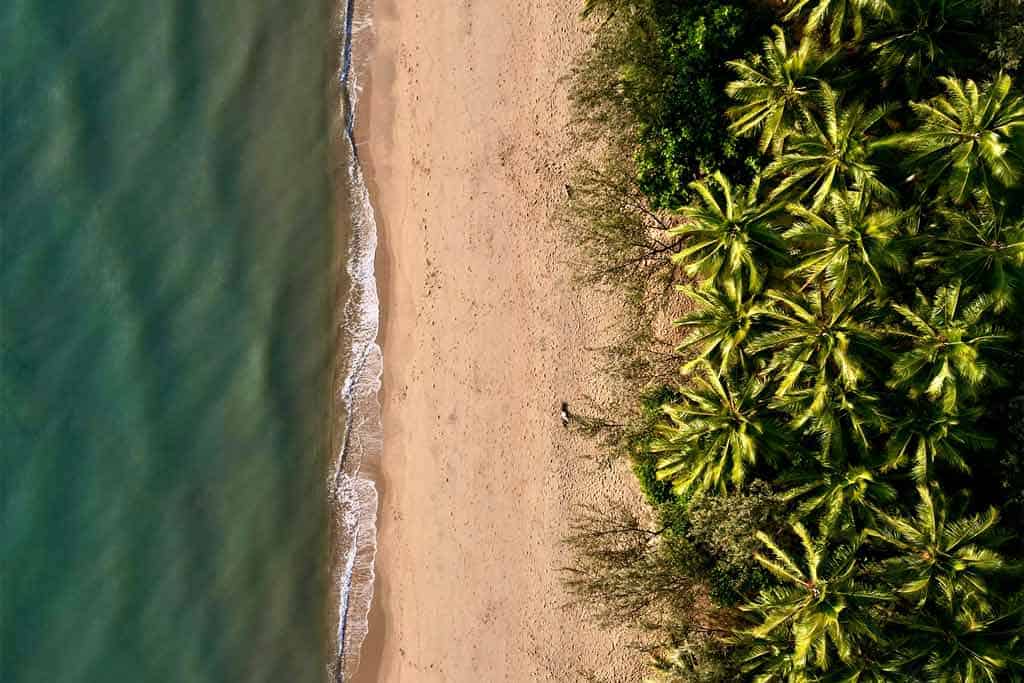
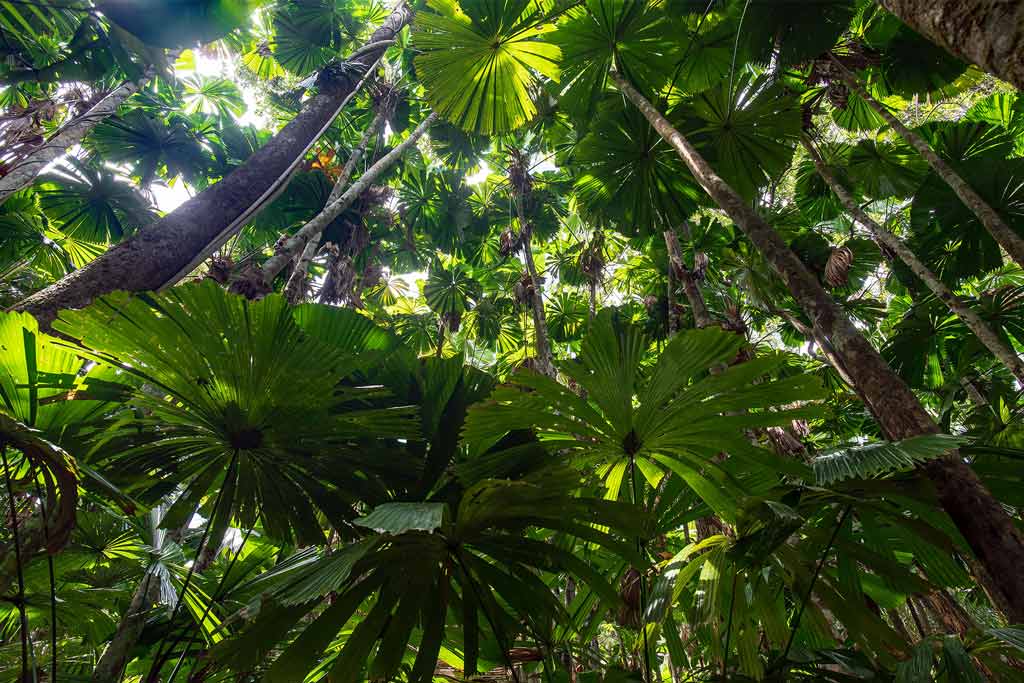
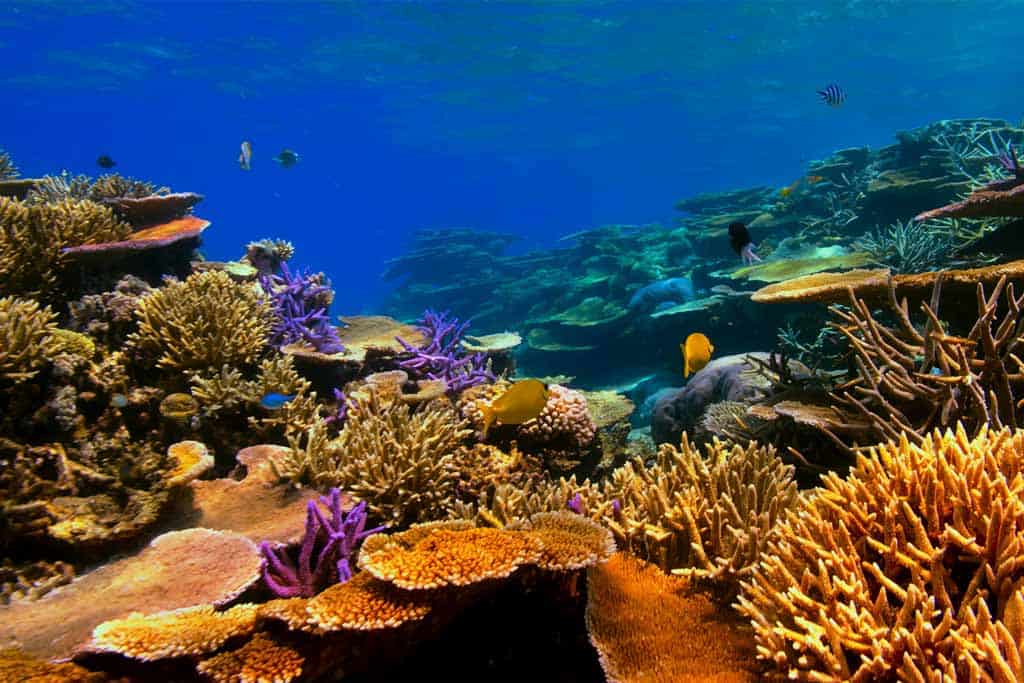
![Coral Geographer Review | Ultimate Expedition Ship [2025]](https://farasar.ir/wp-content/uploads/2025/07/Coral-Geographer-Review-Coral-Expeditions-Ship.jpg)











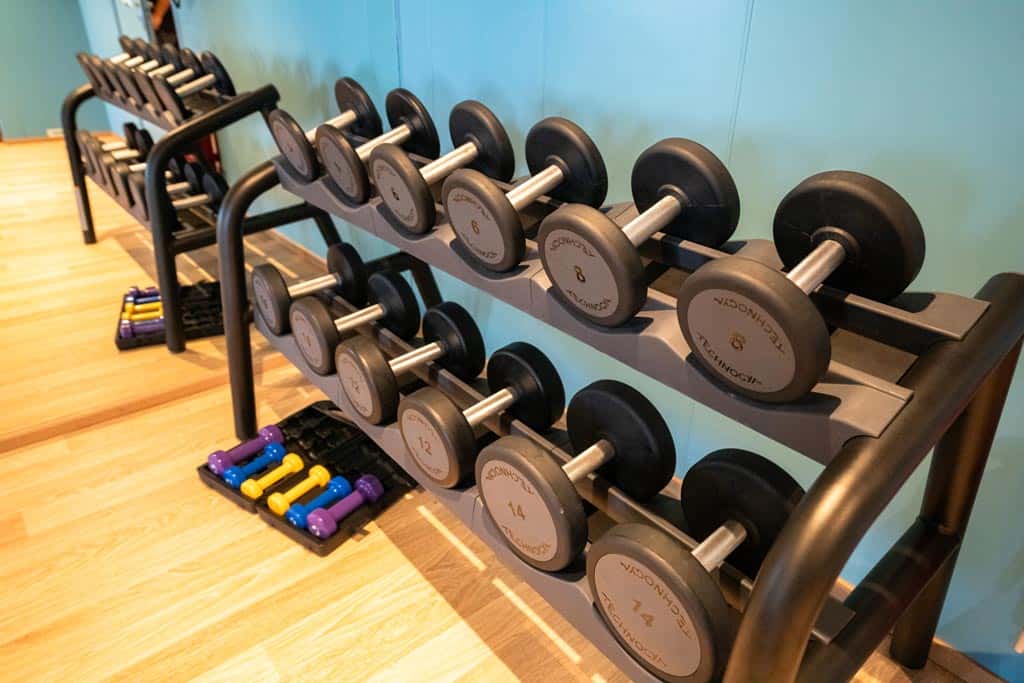

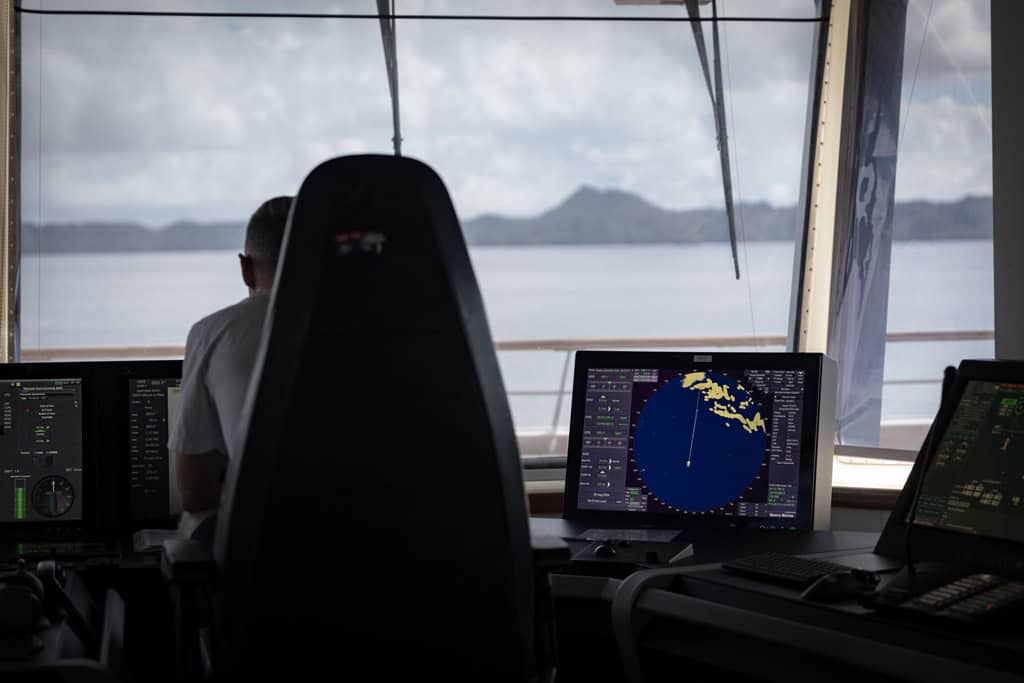








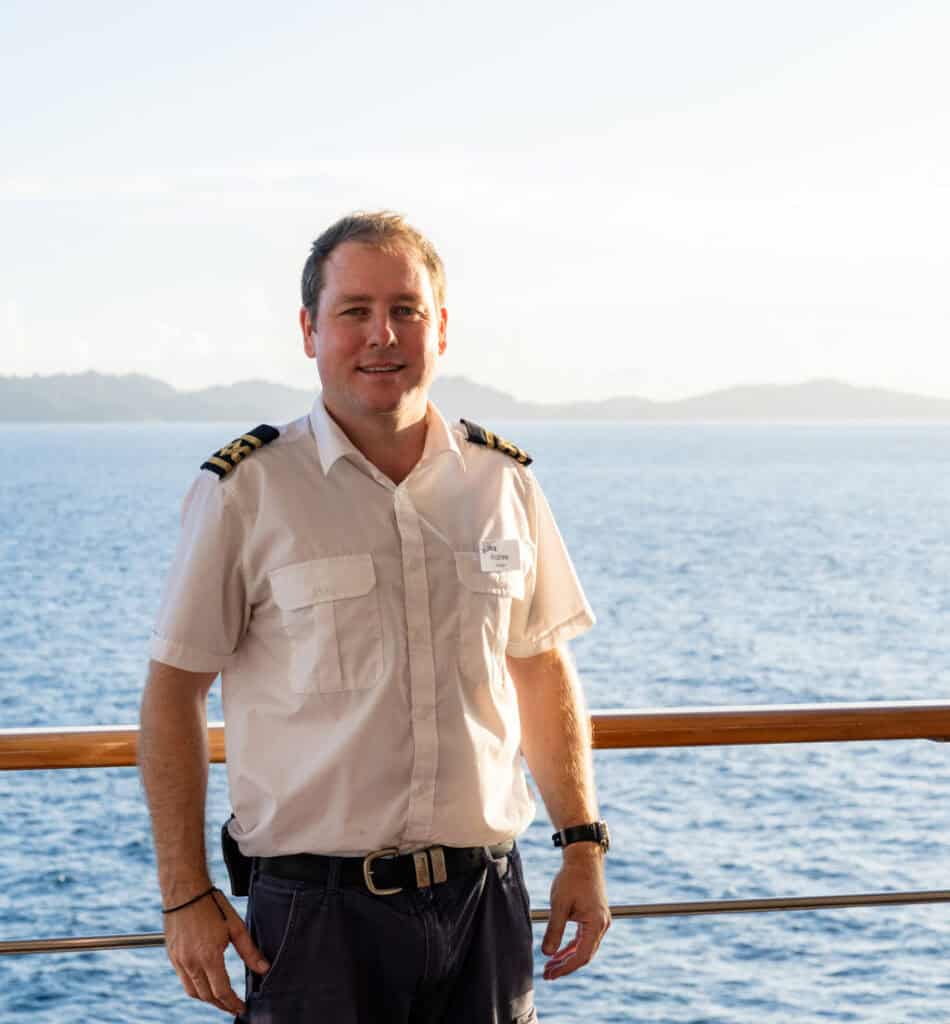


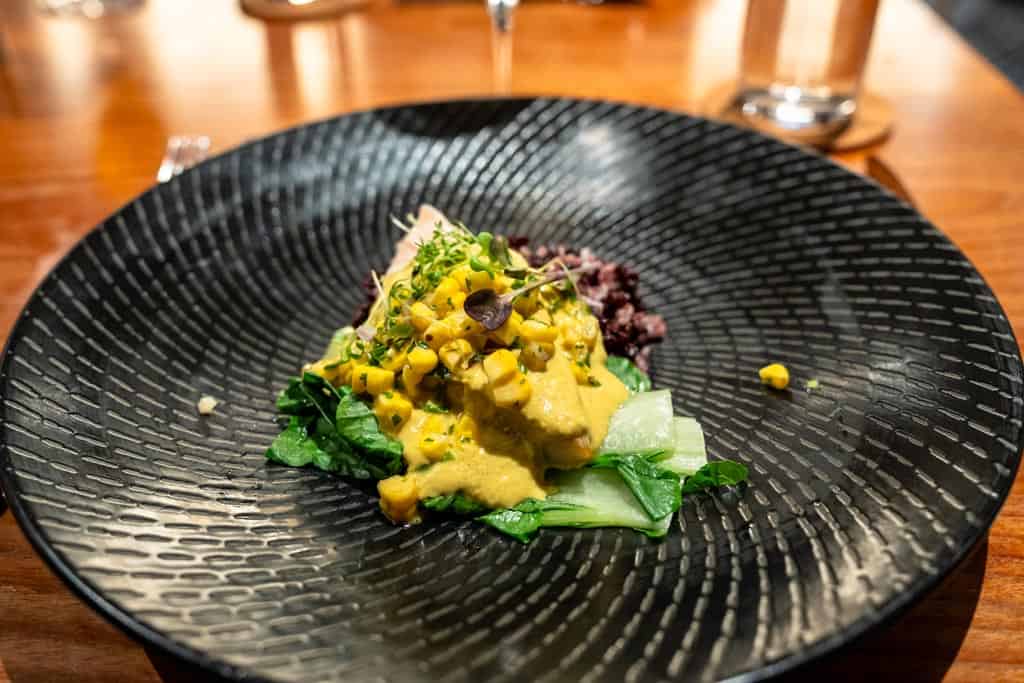




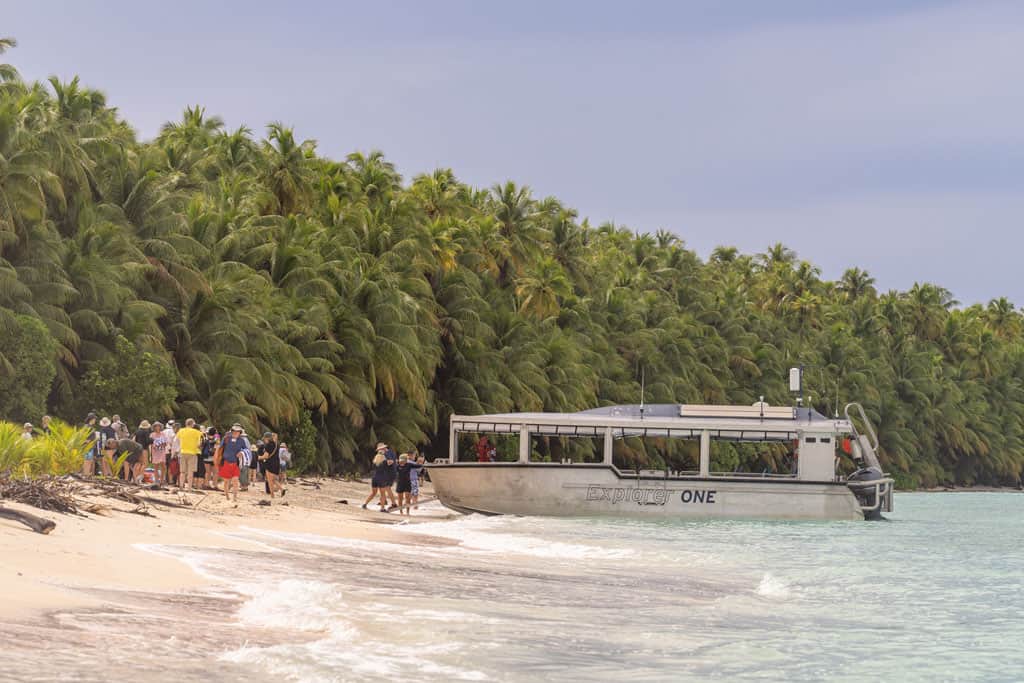
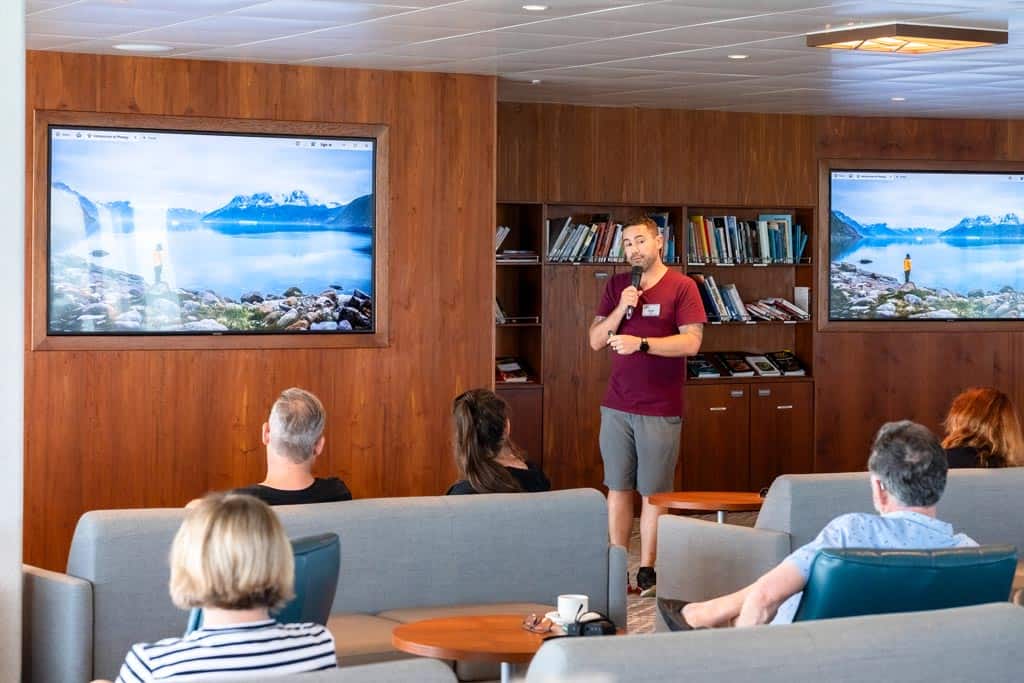

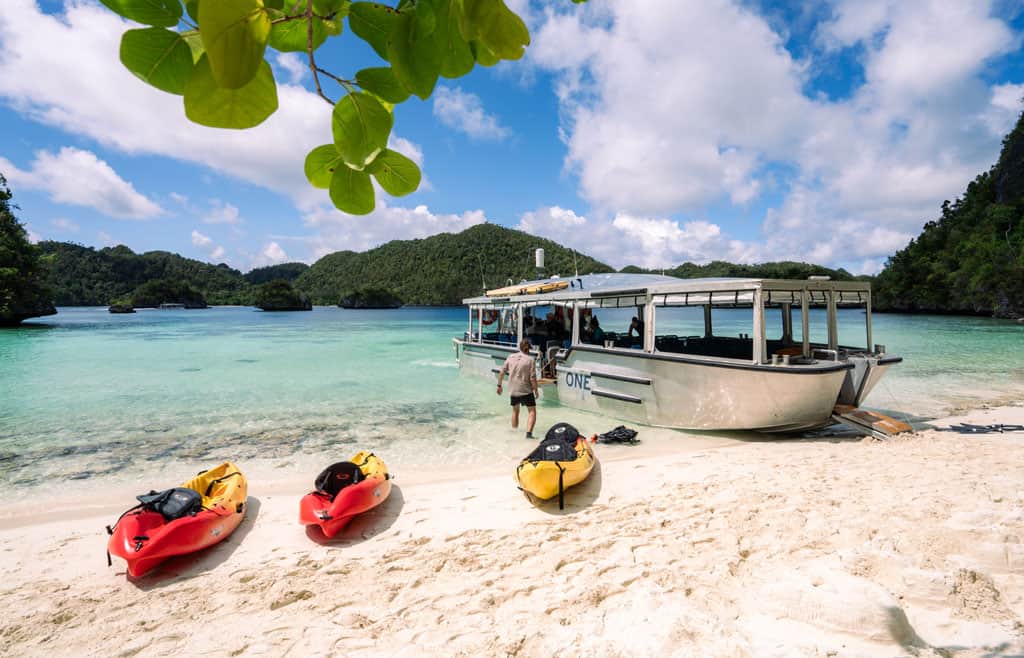





![Climbing Mount Kinabalu – The Ultimate Trekking Guide [2025]](https://farasar.ir/wp-content/uploads/2025/07/Mount-Kinabalu-Climb-Trek-Guide-Featured-Image.jpg)
